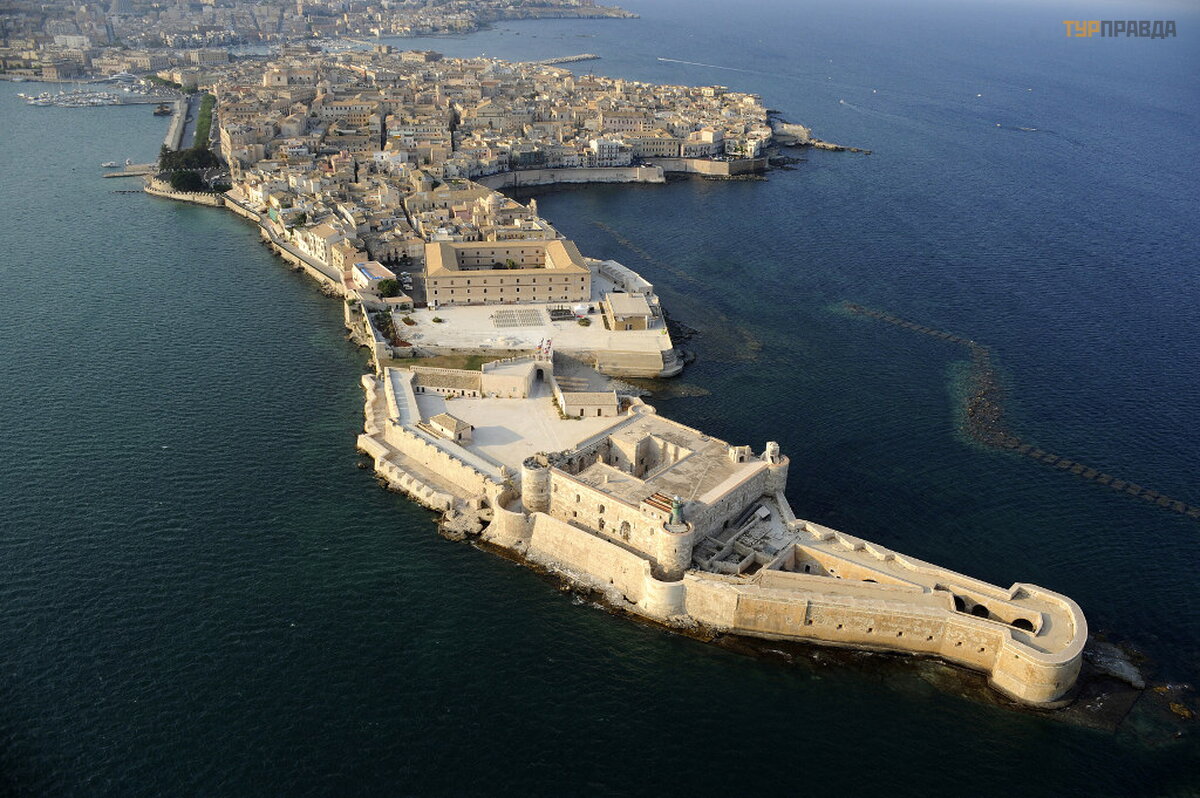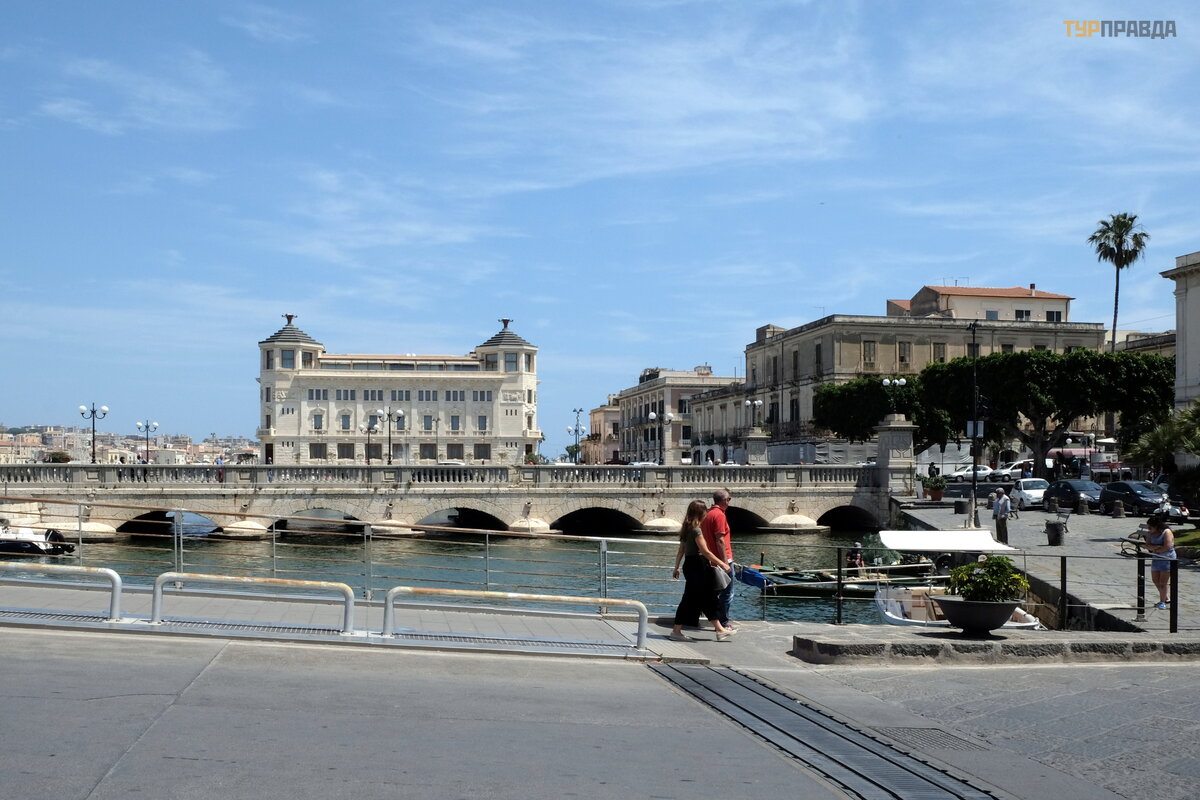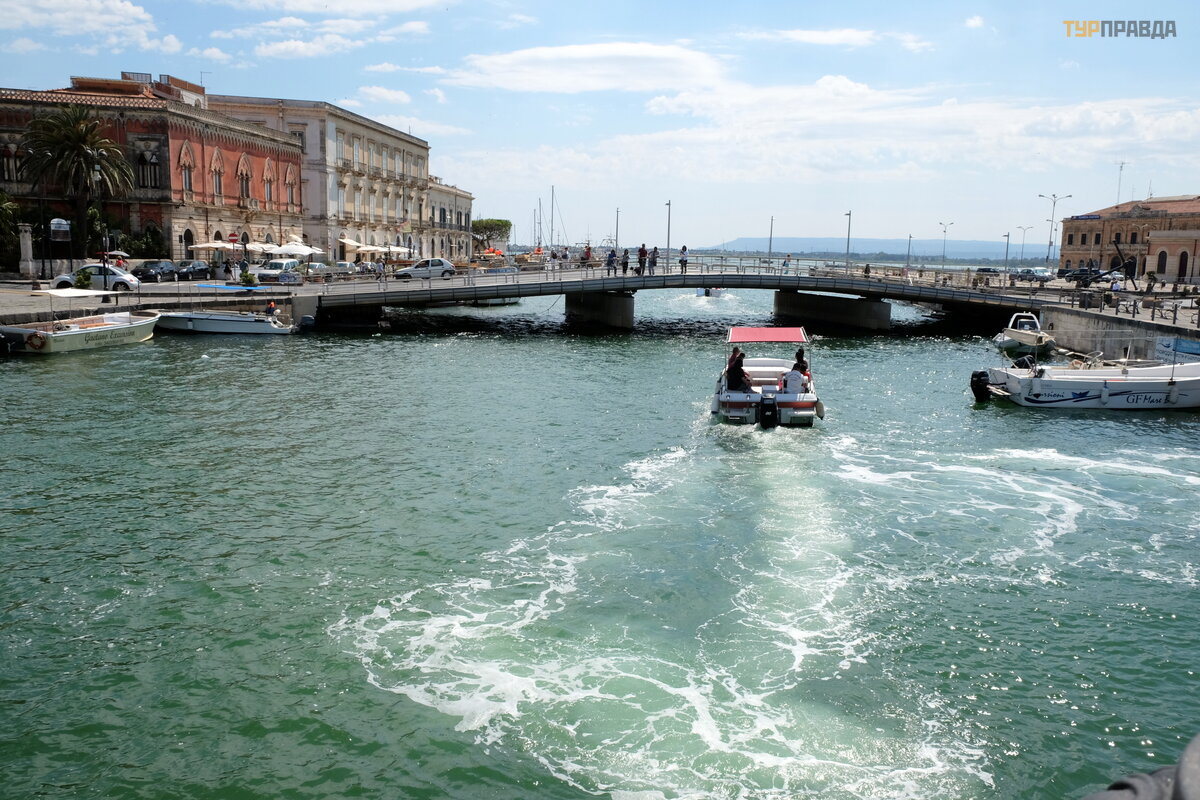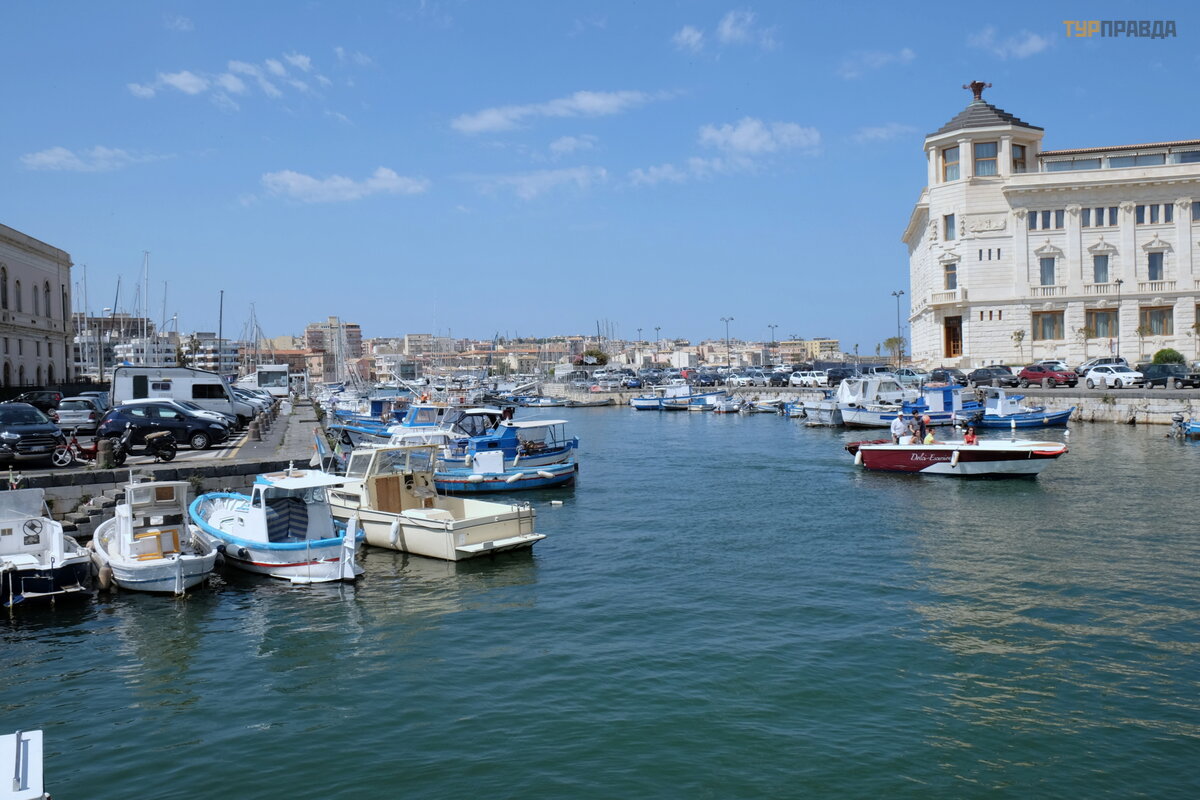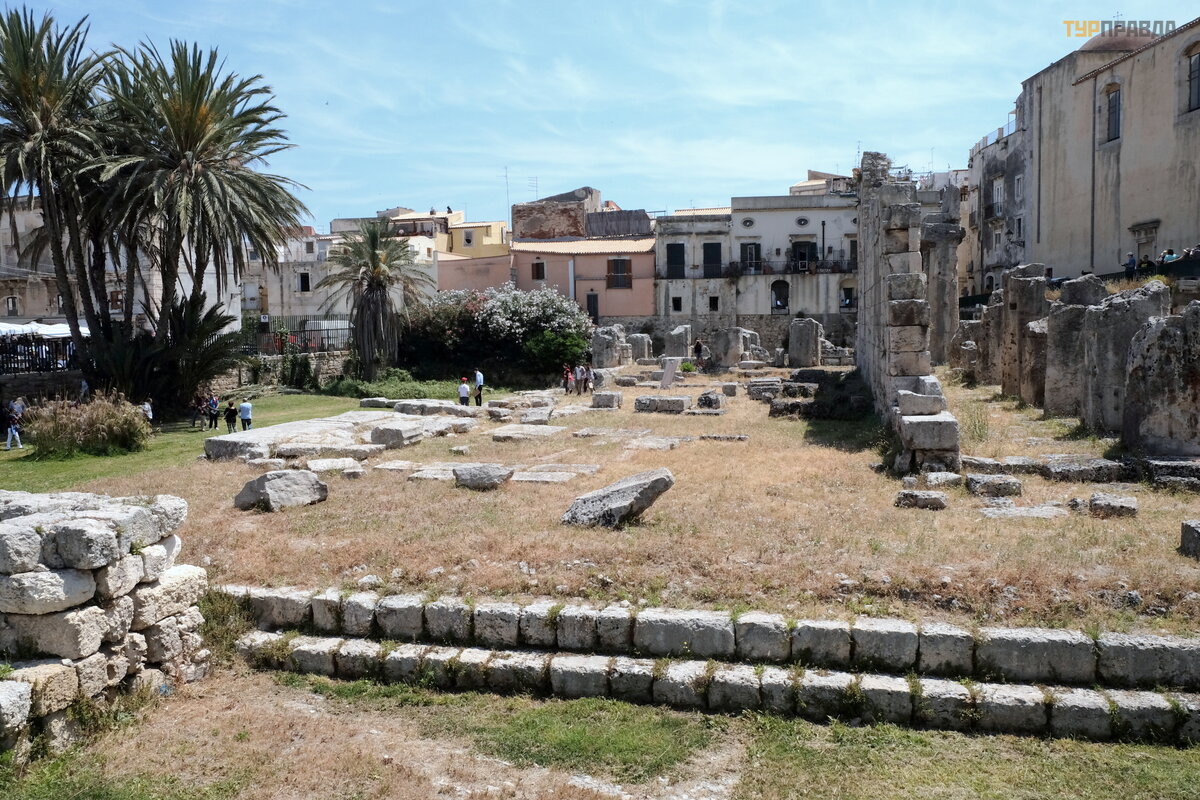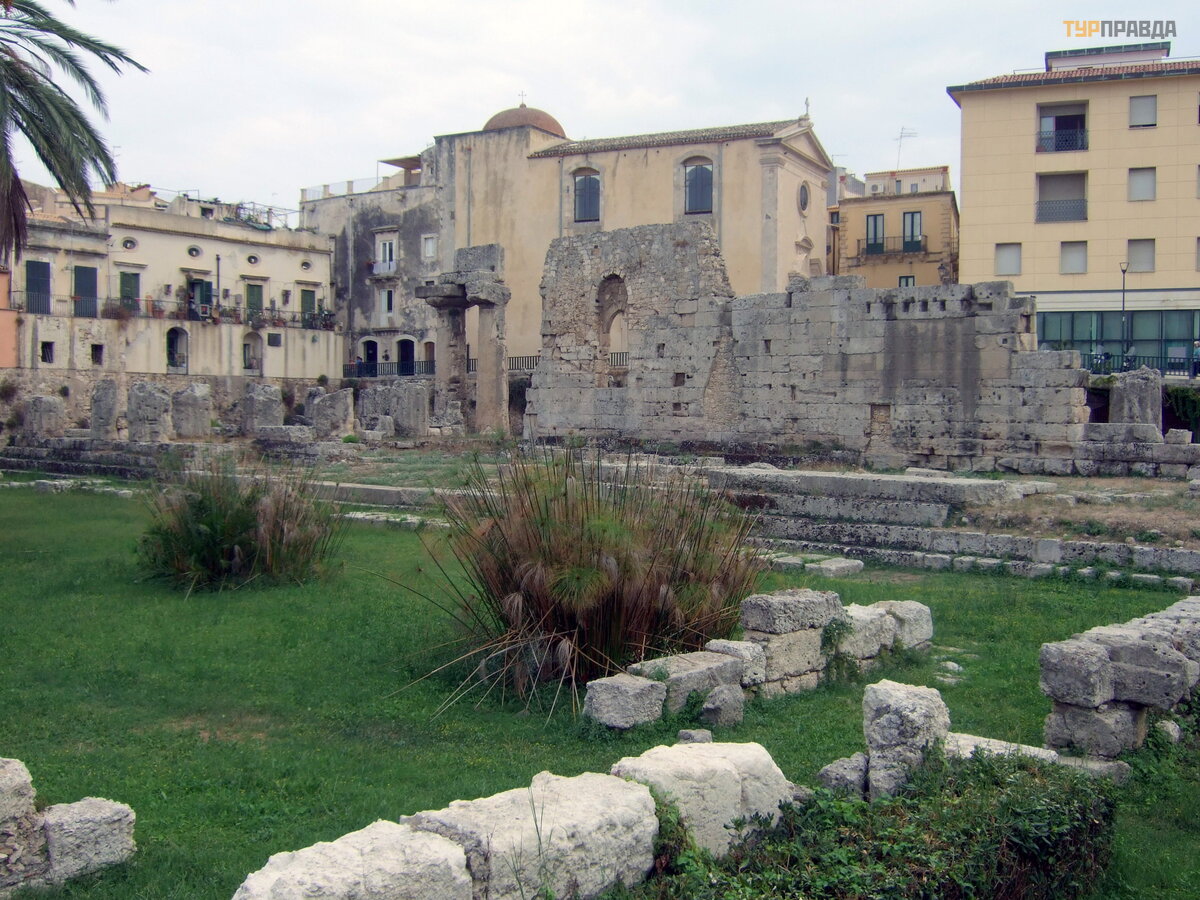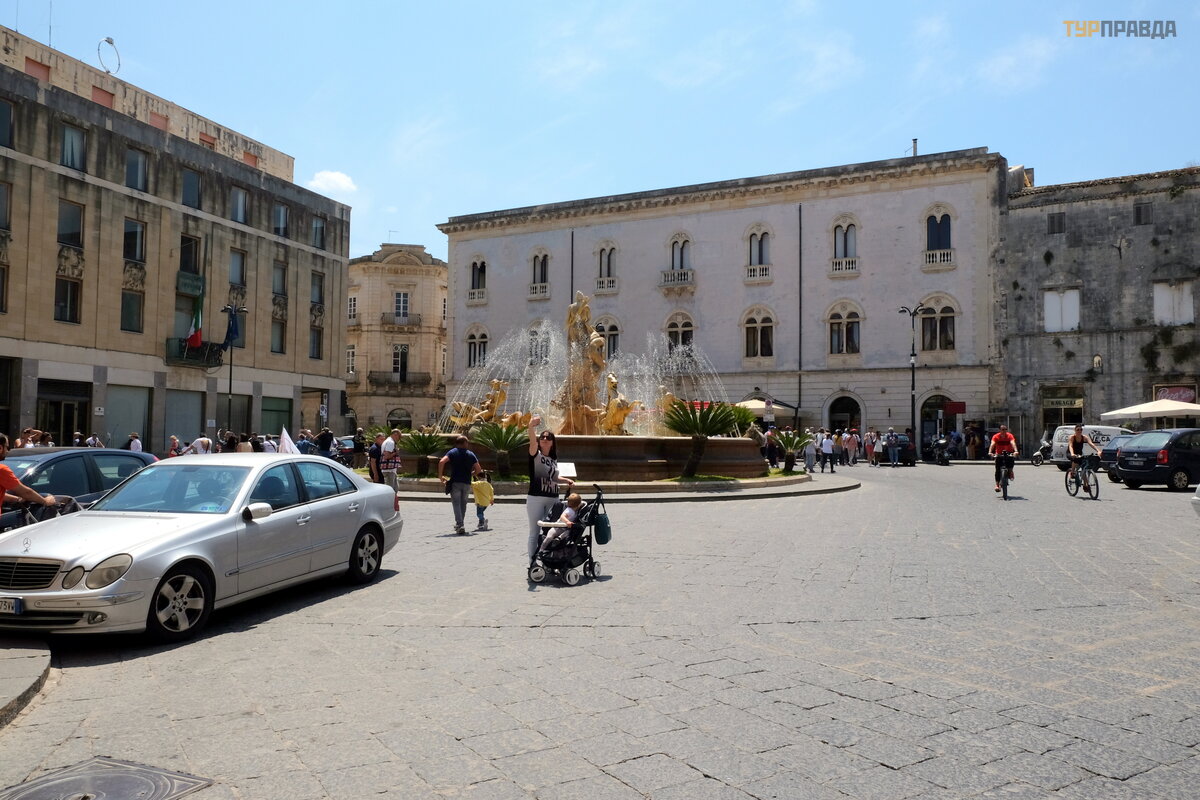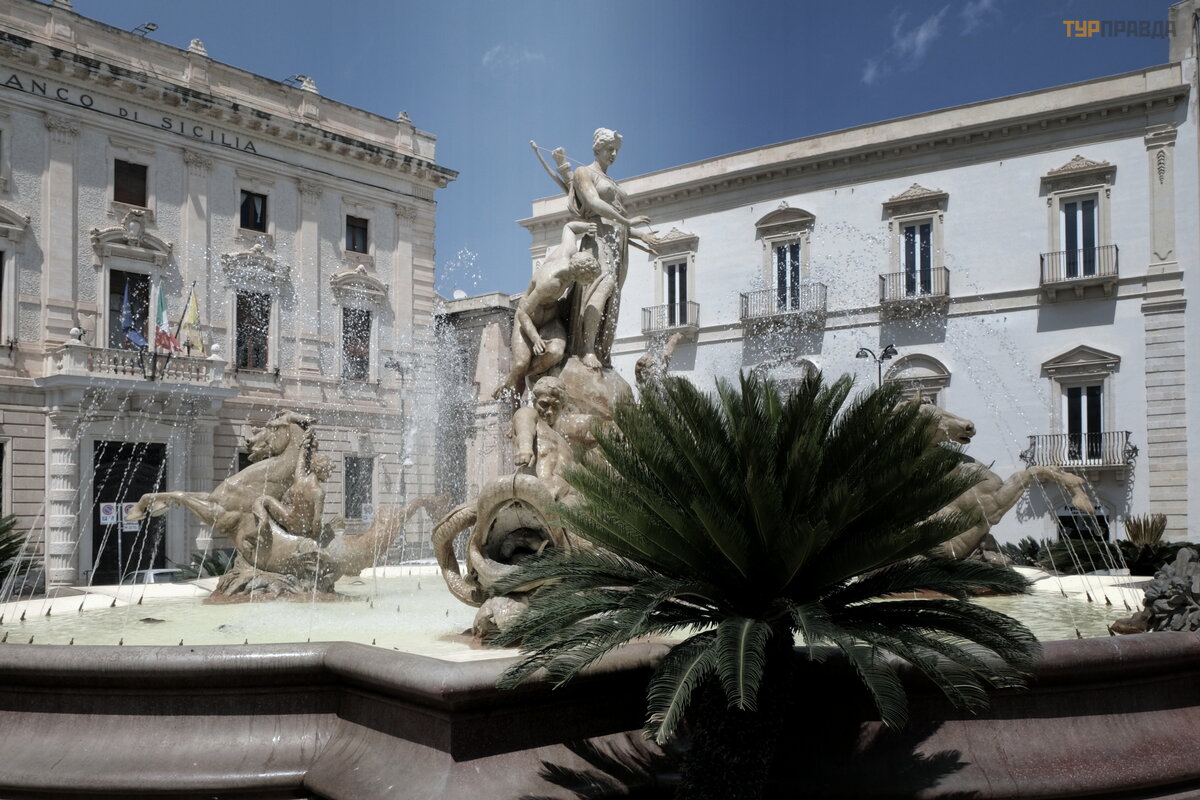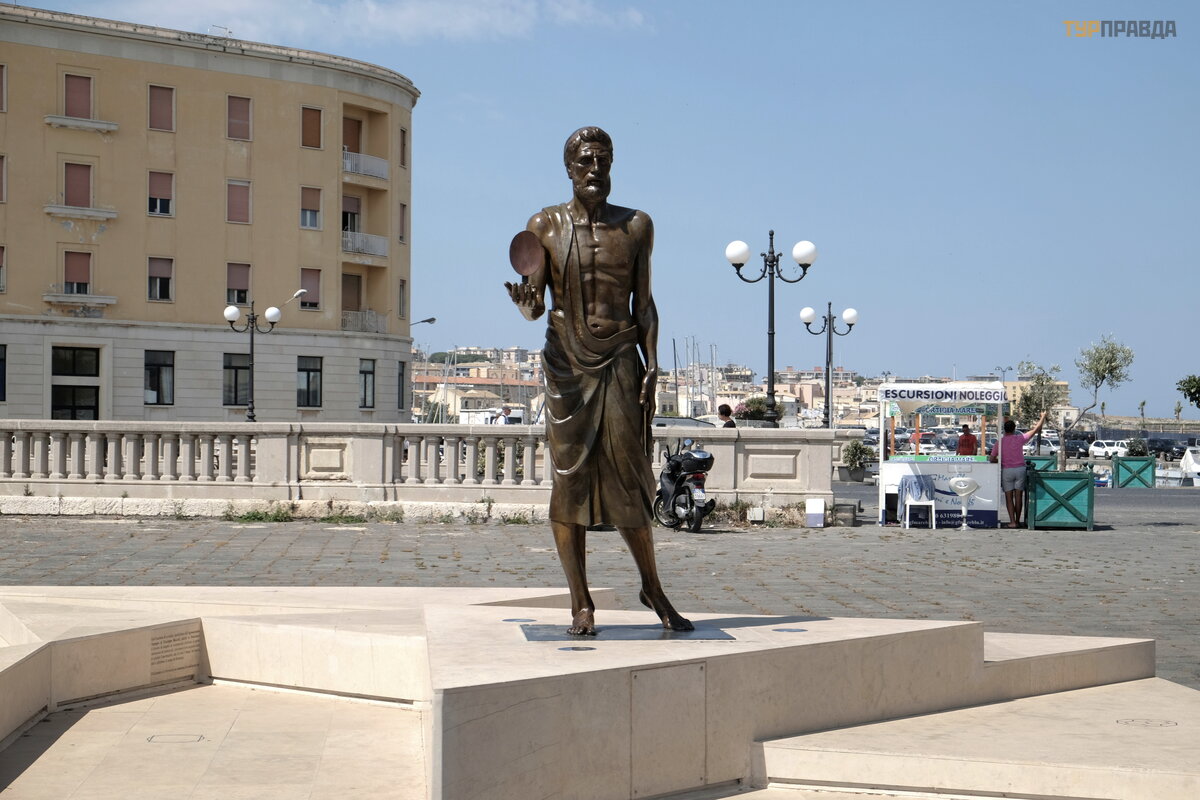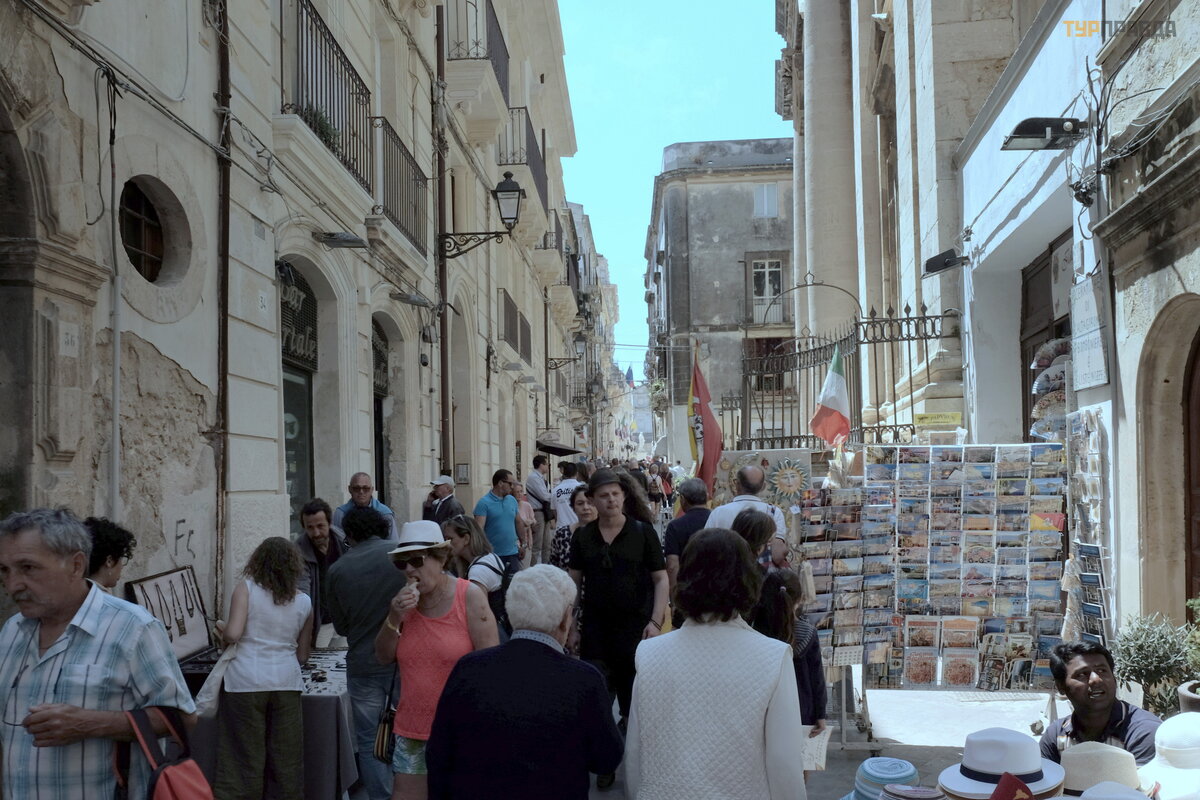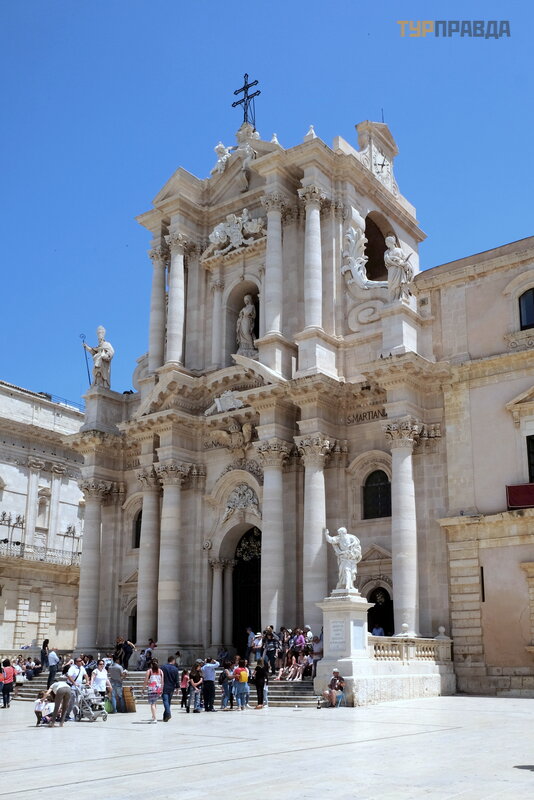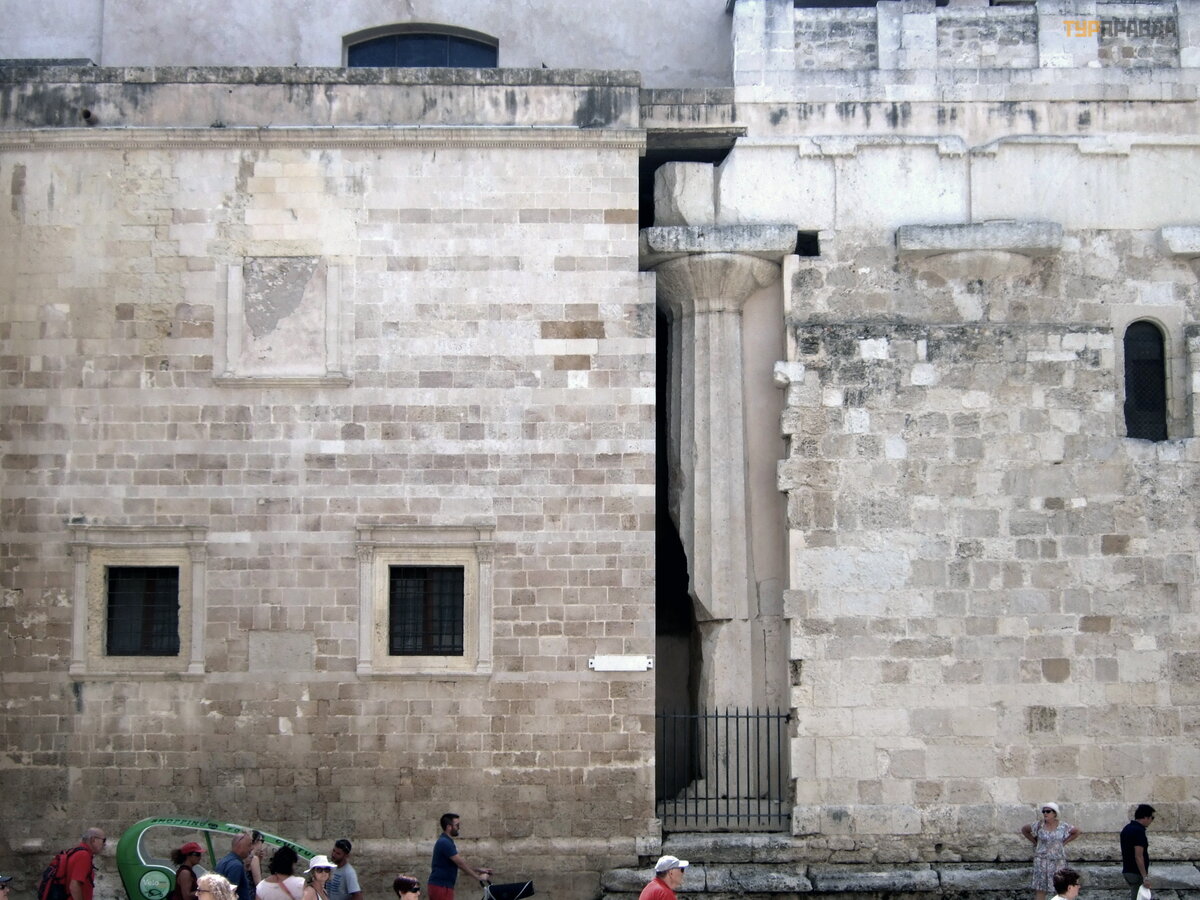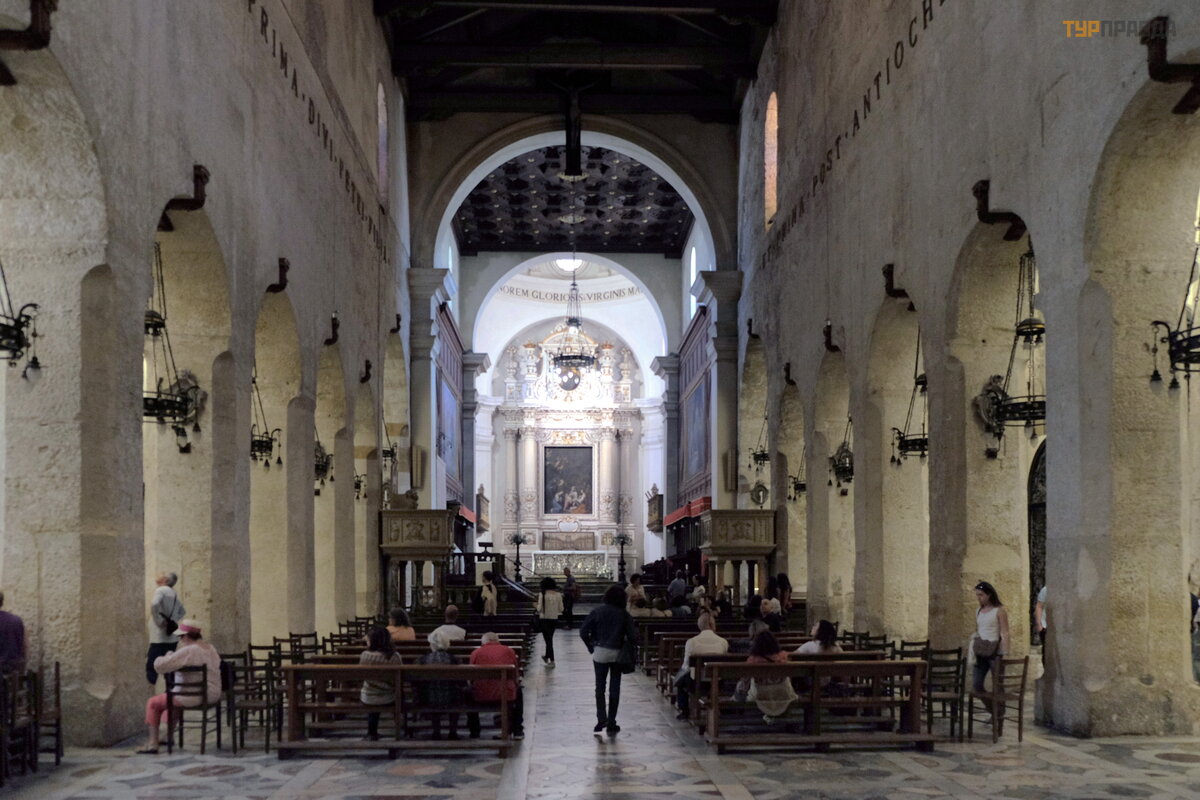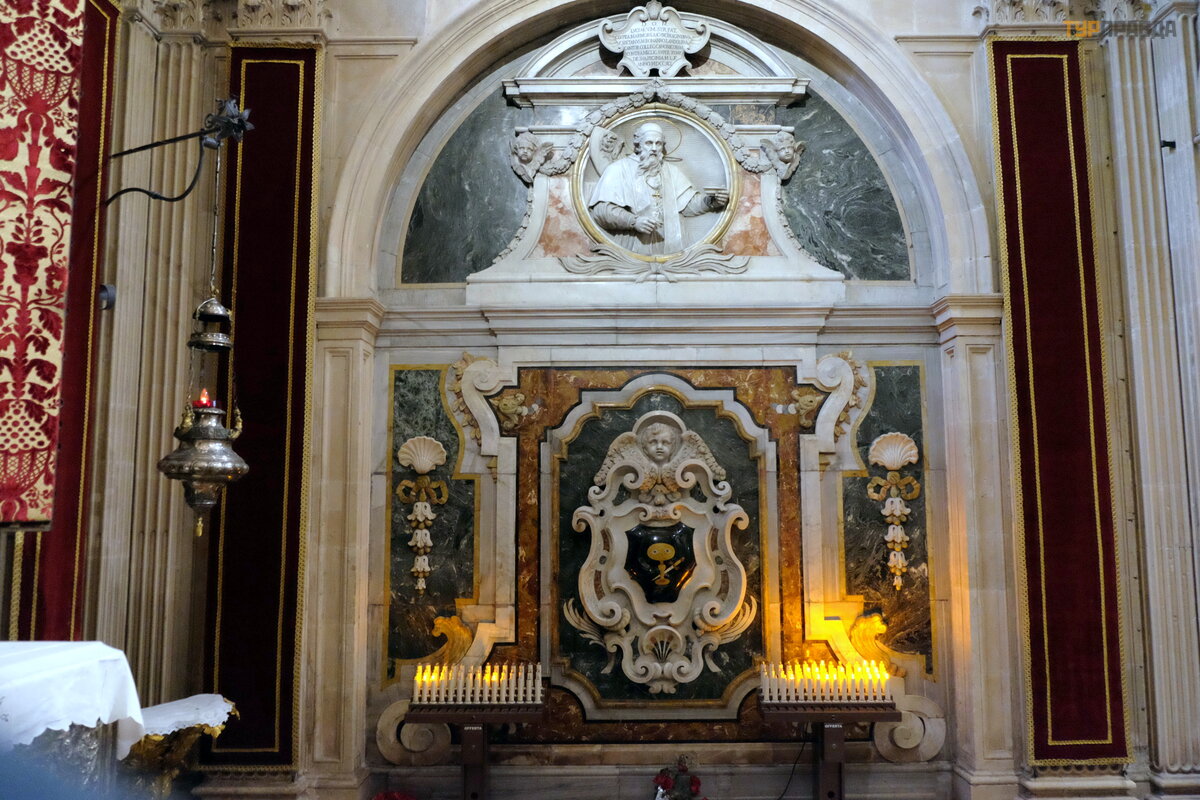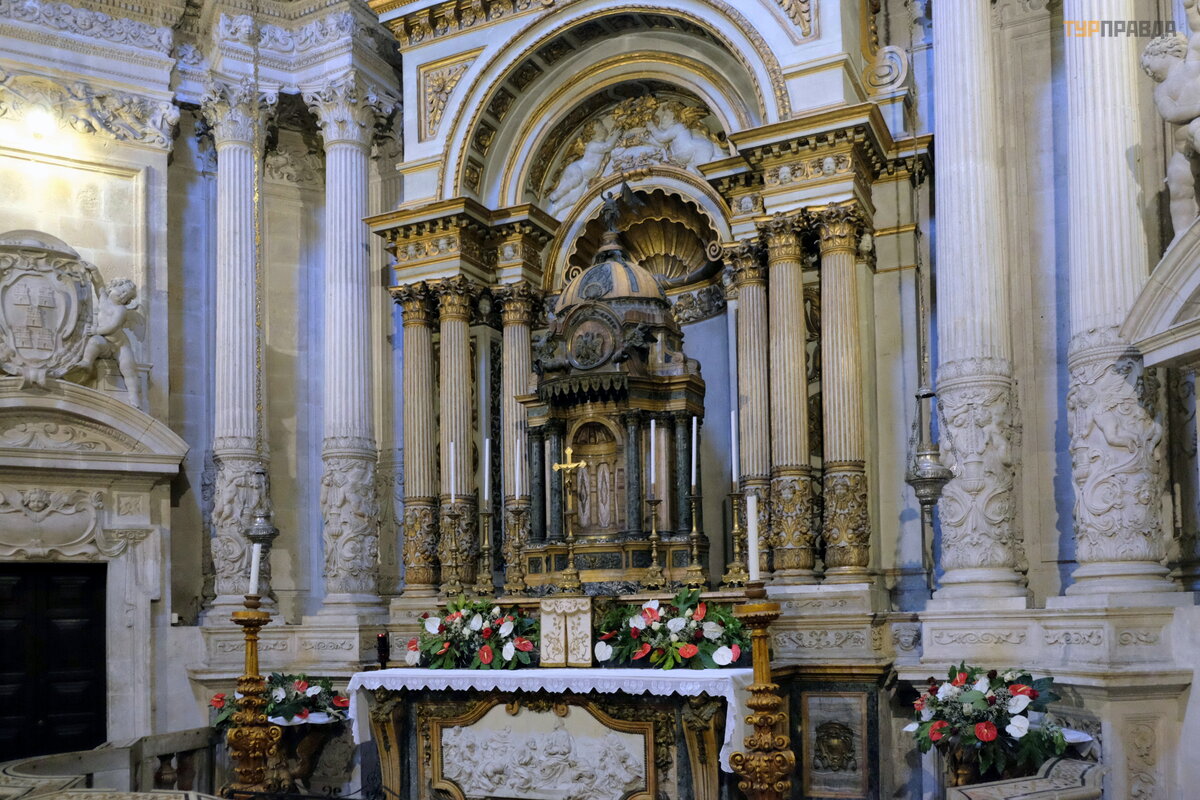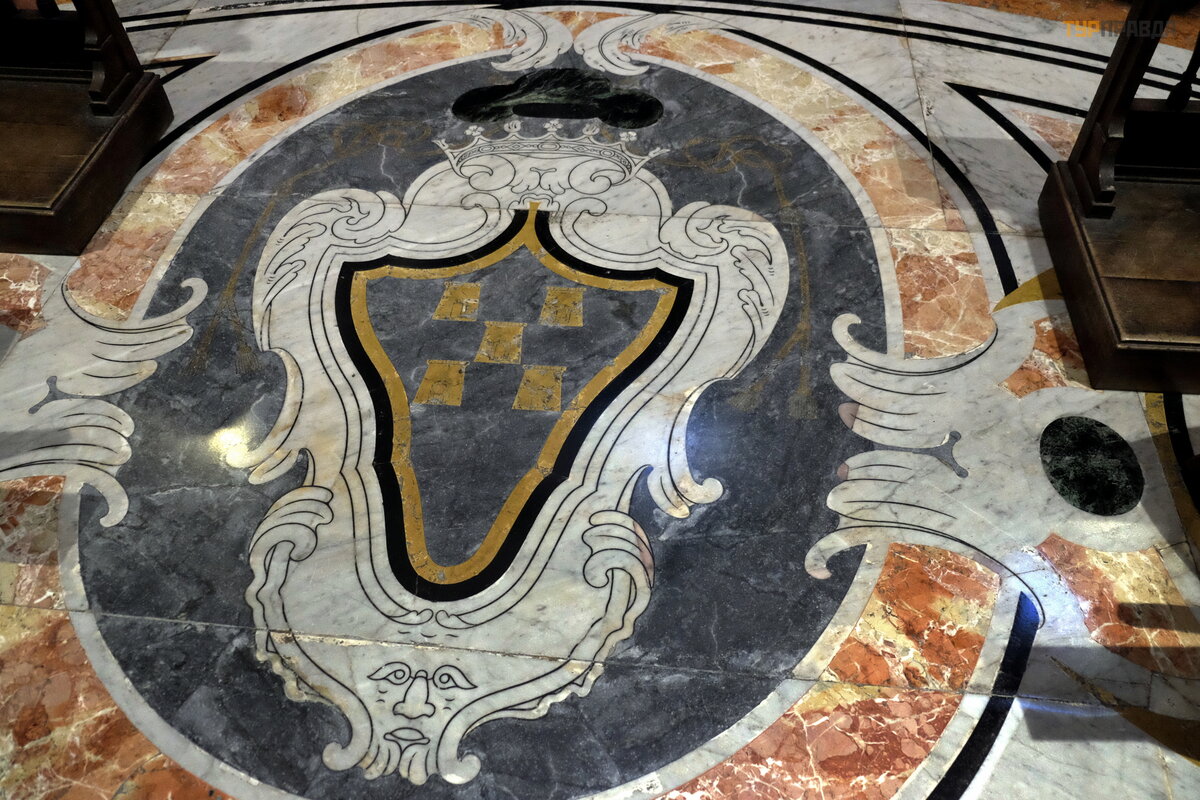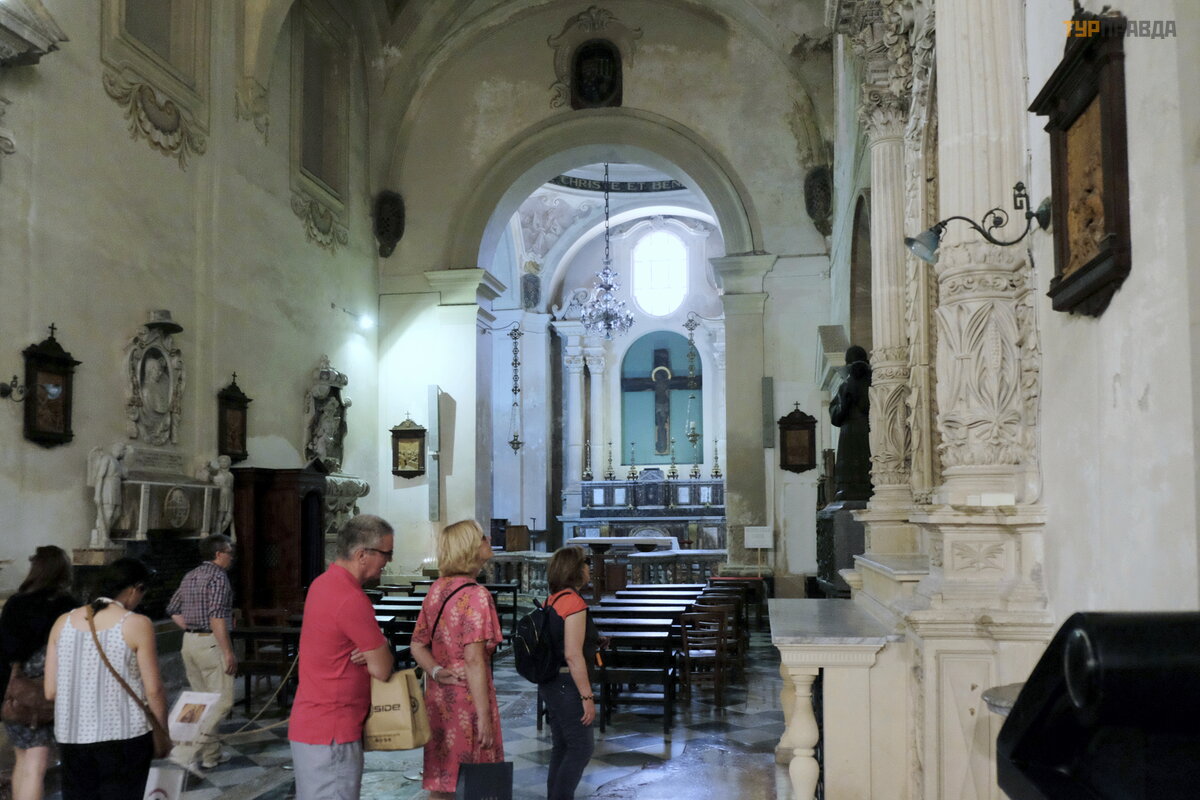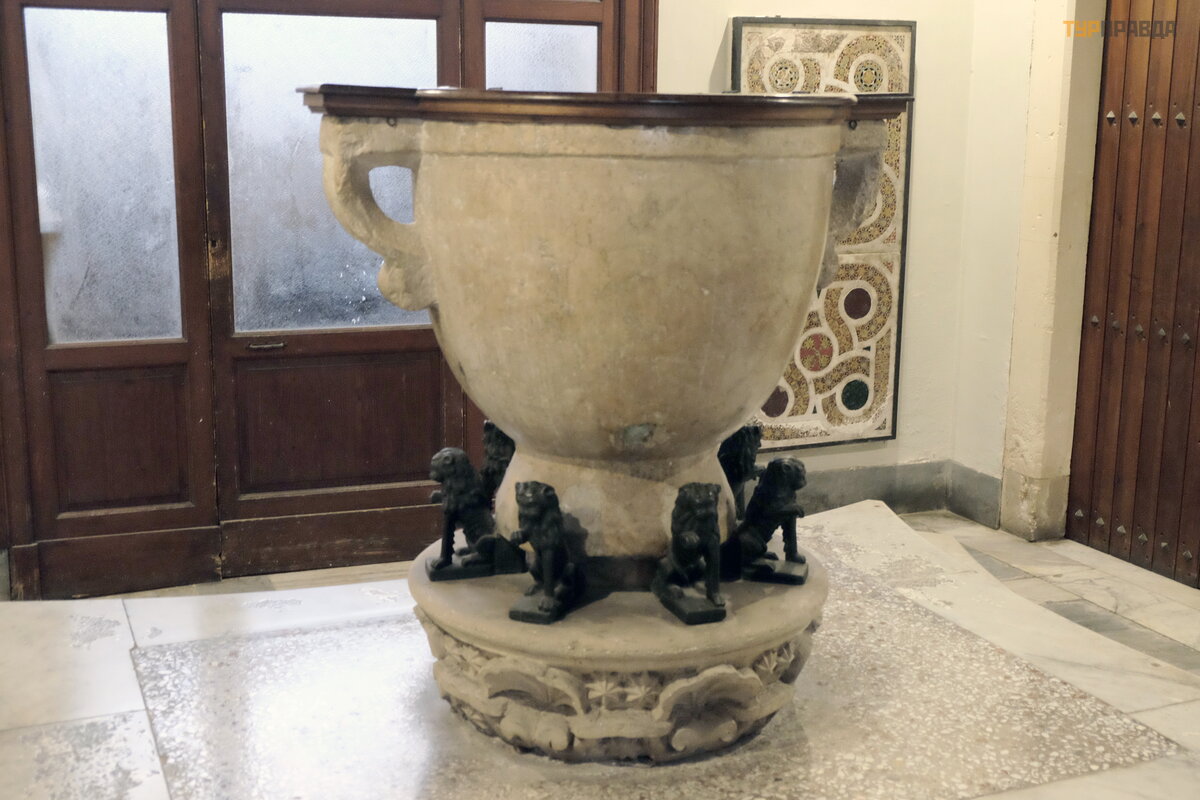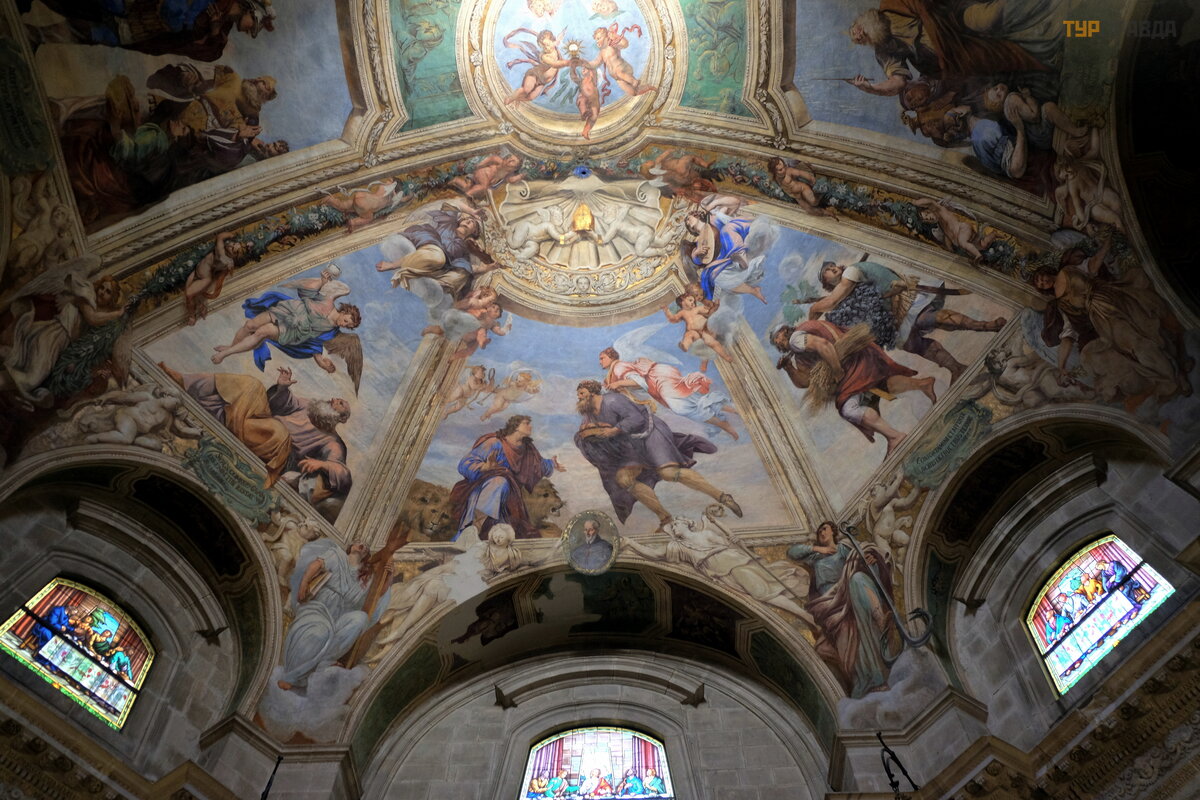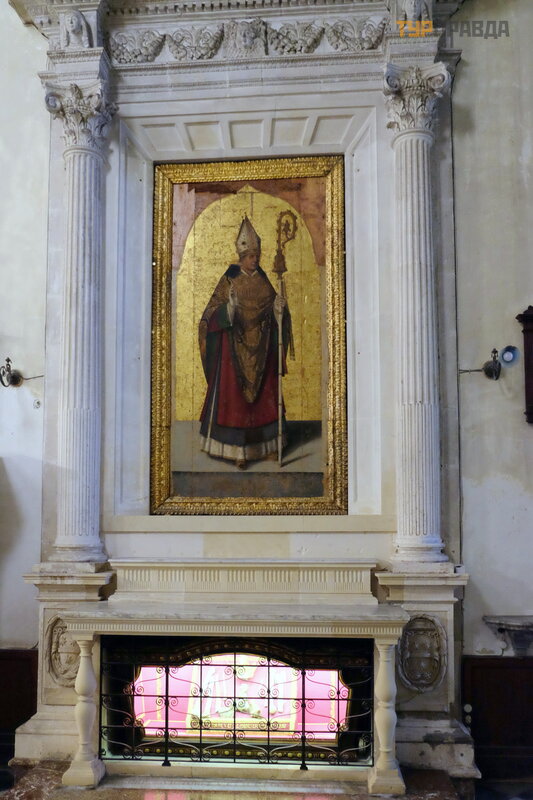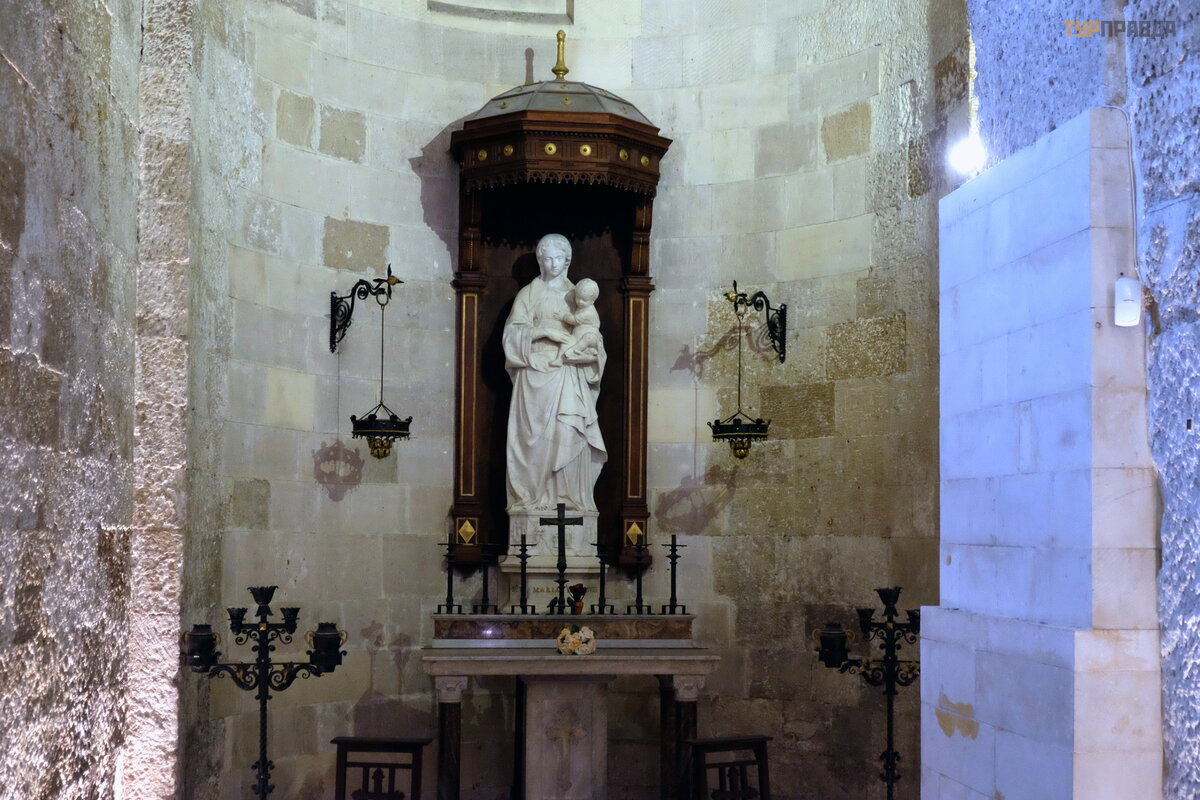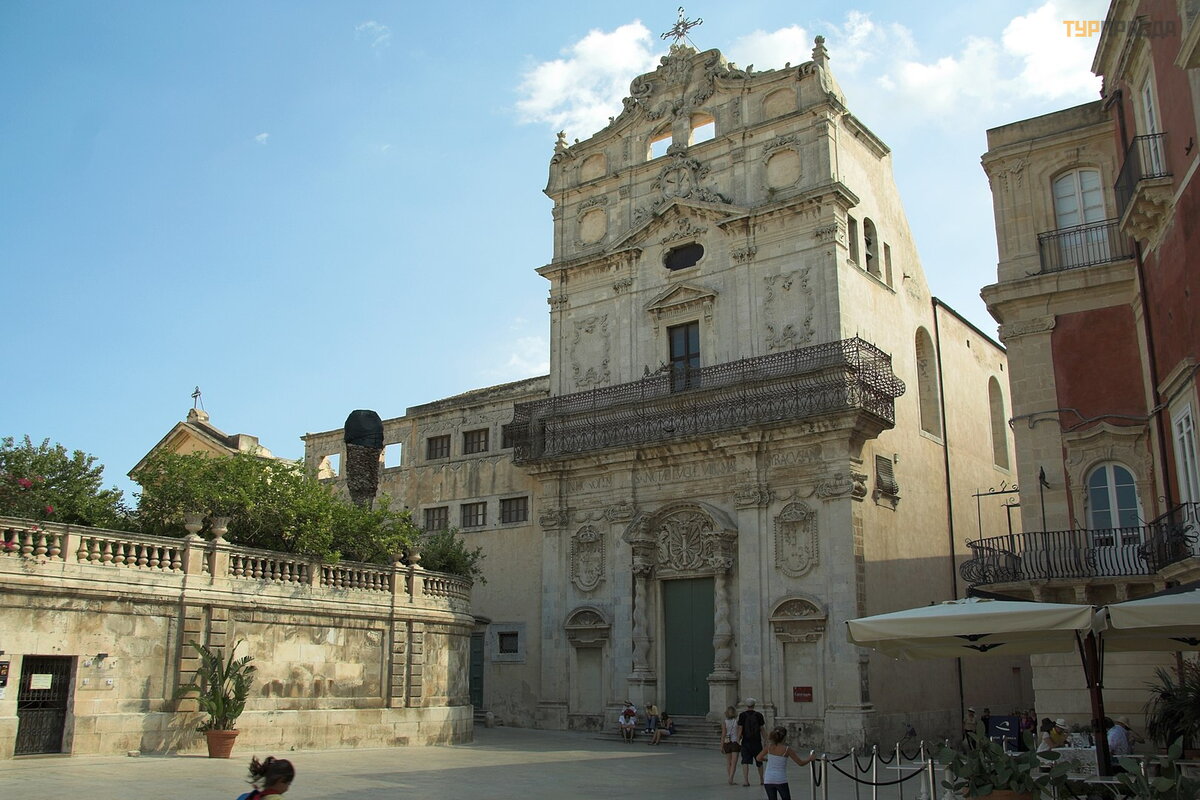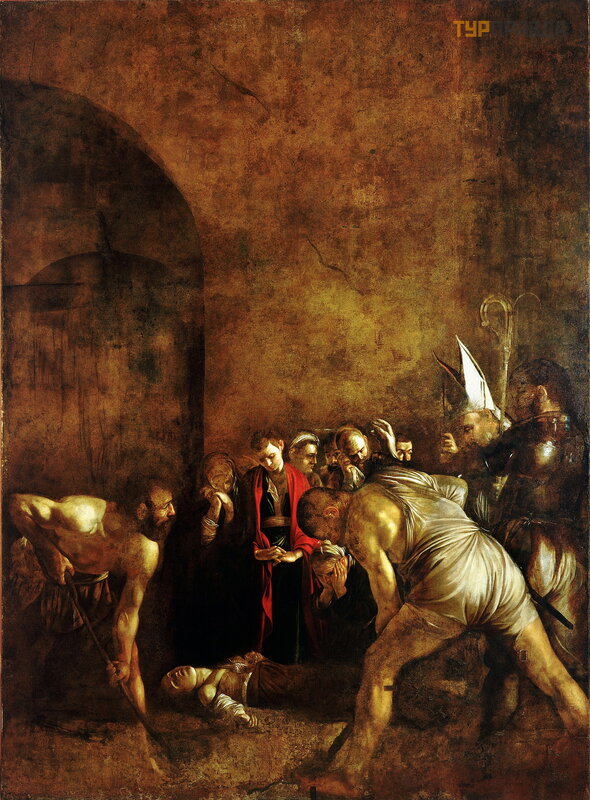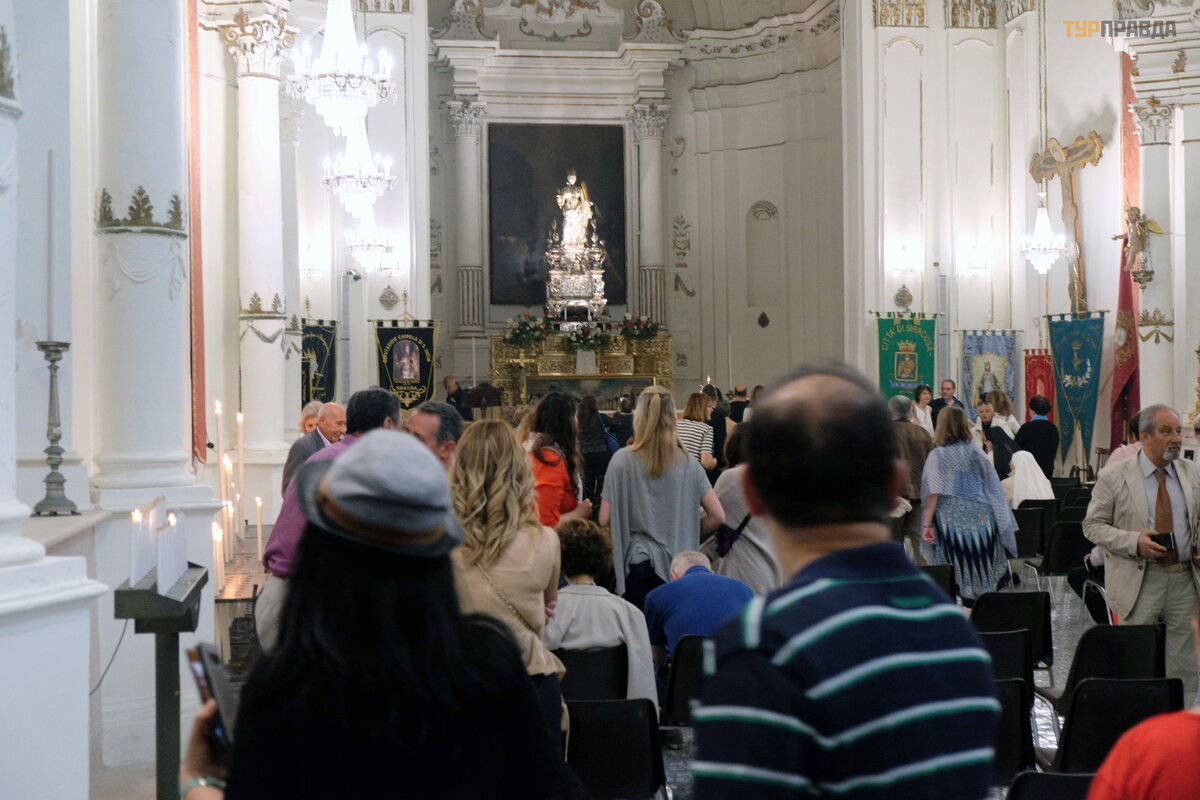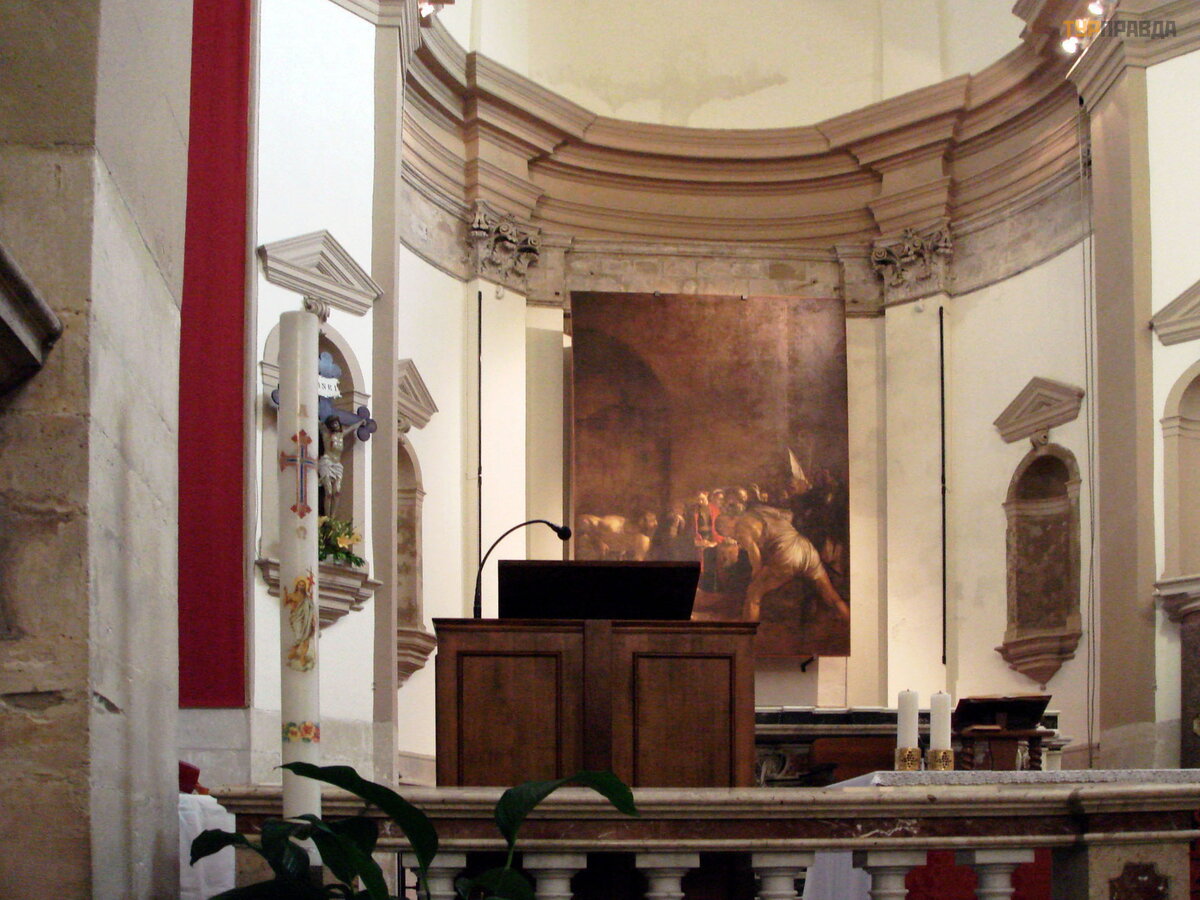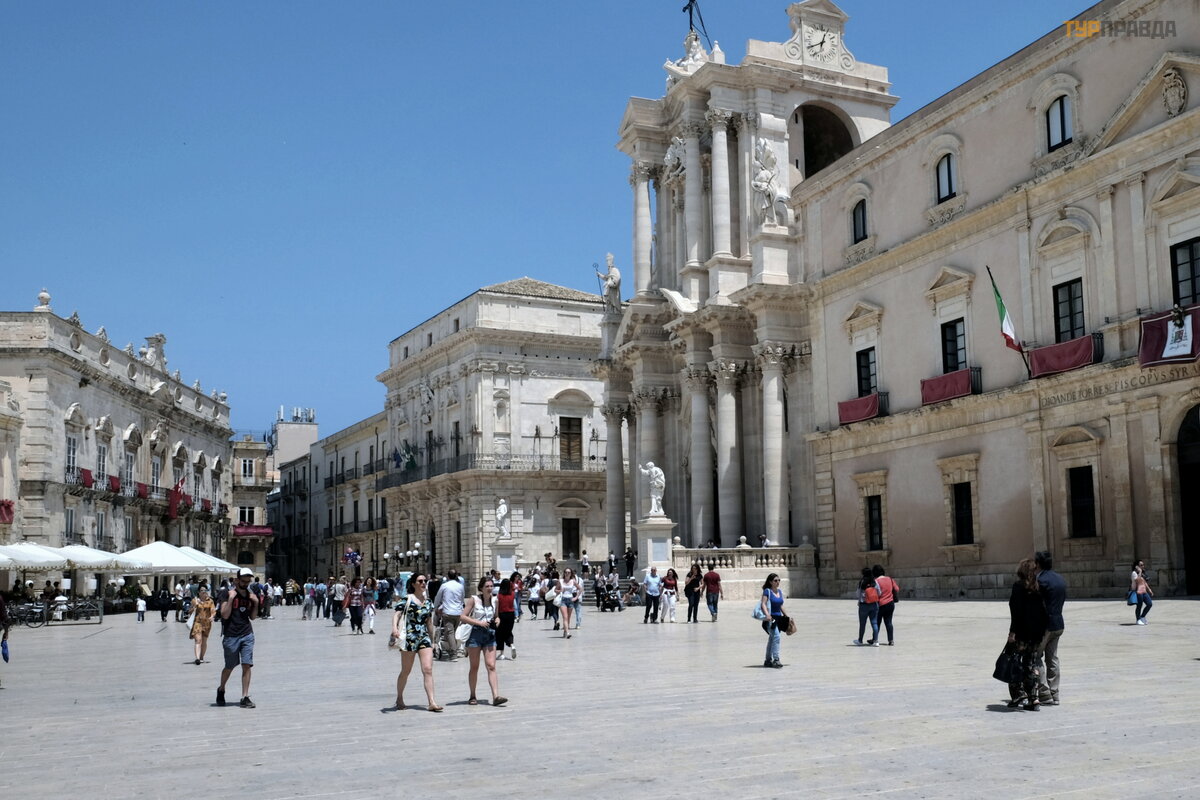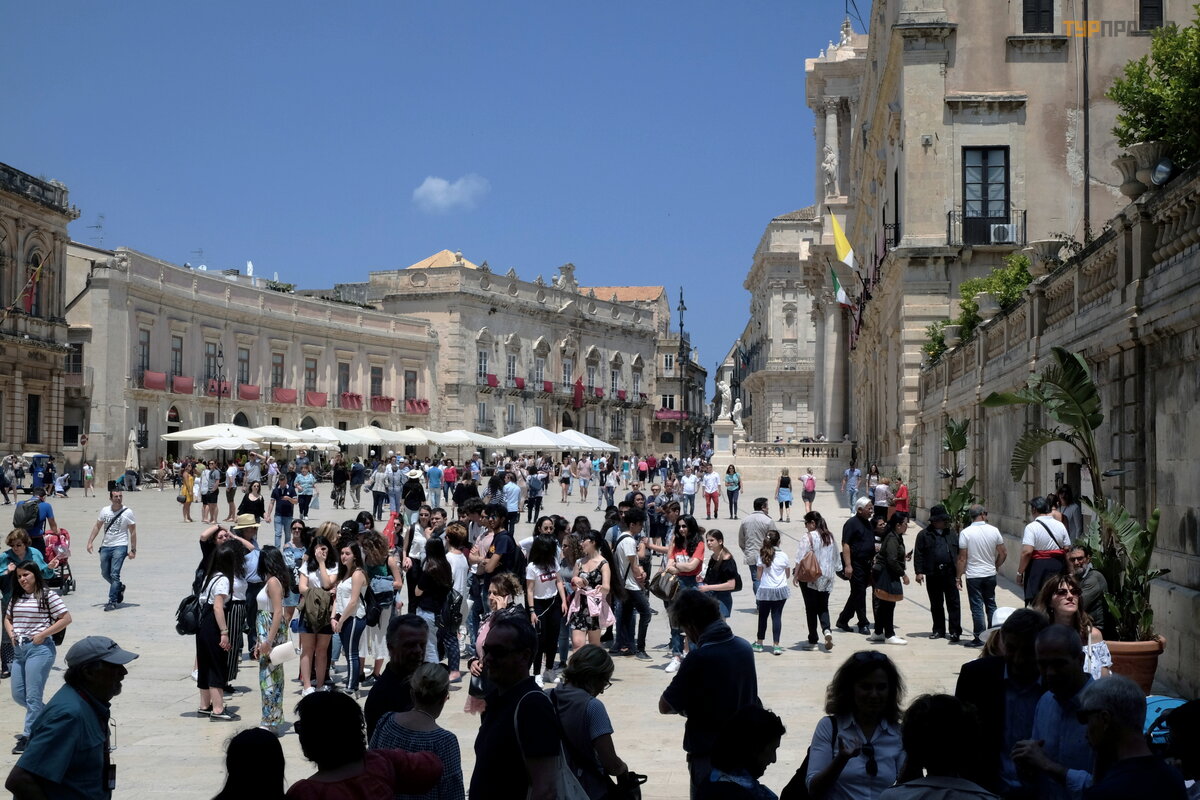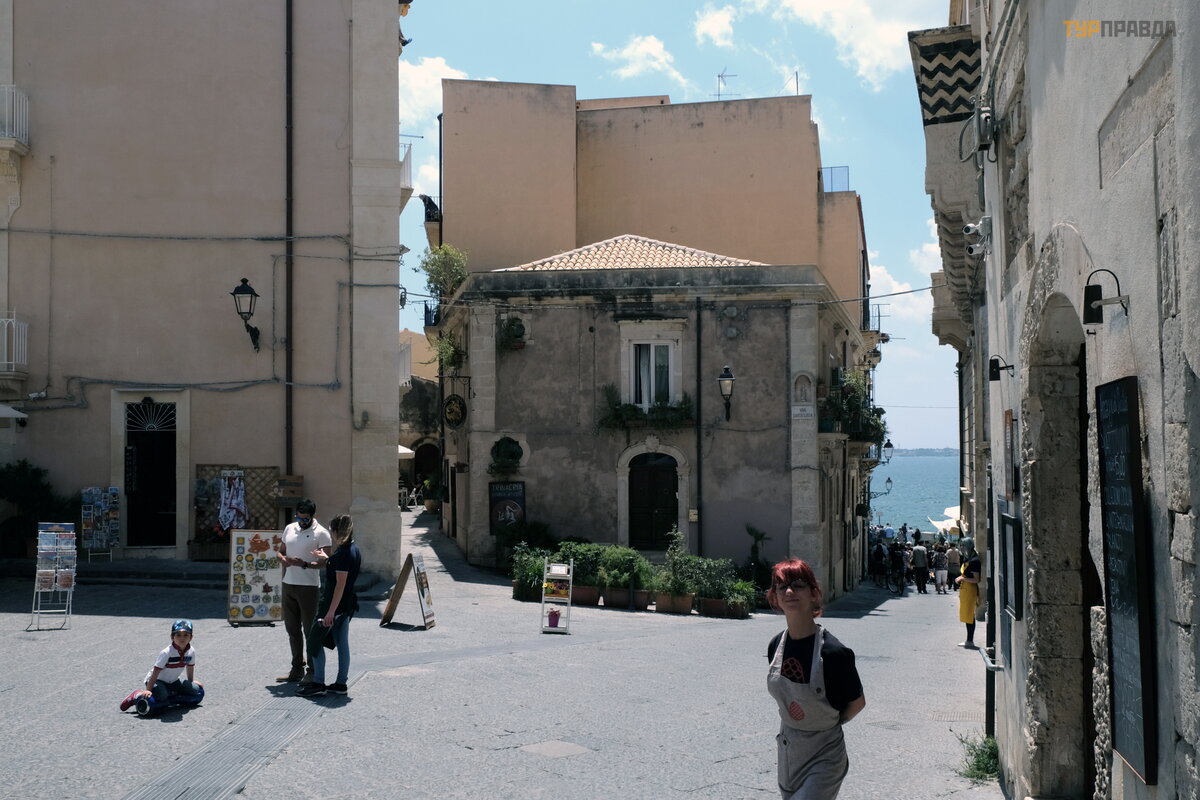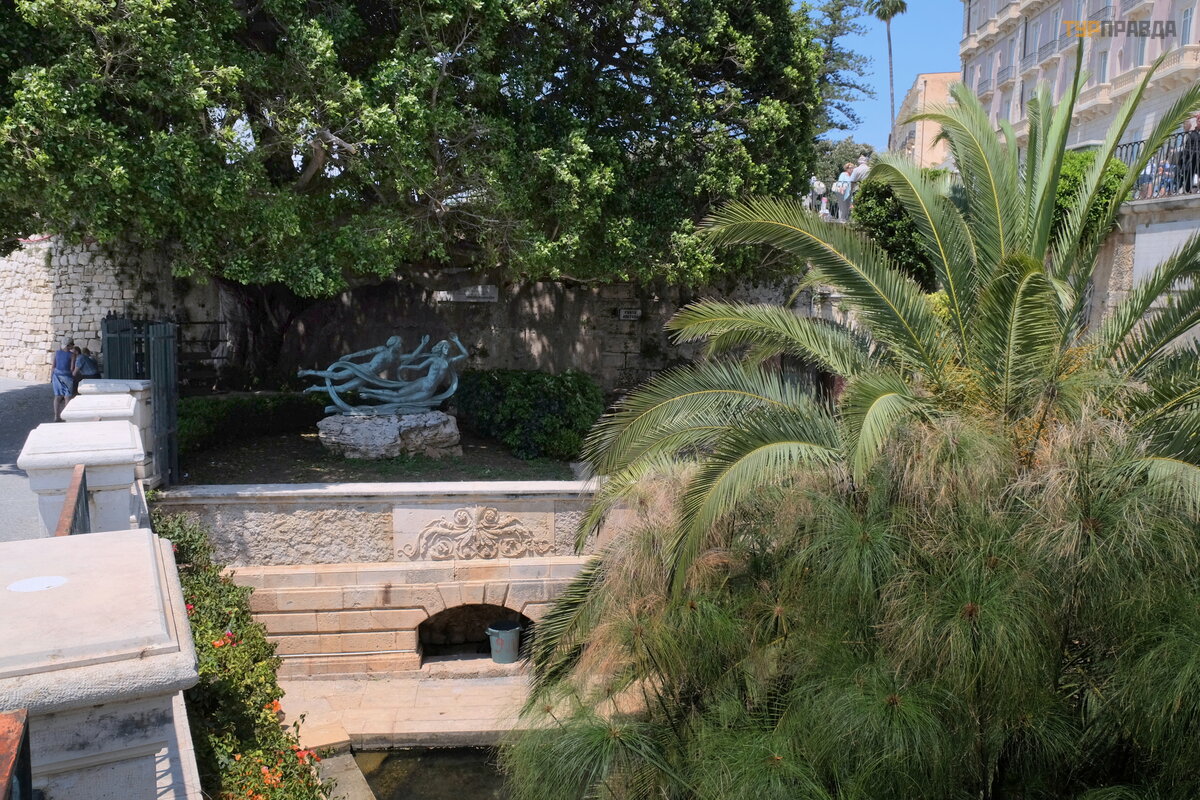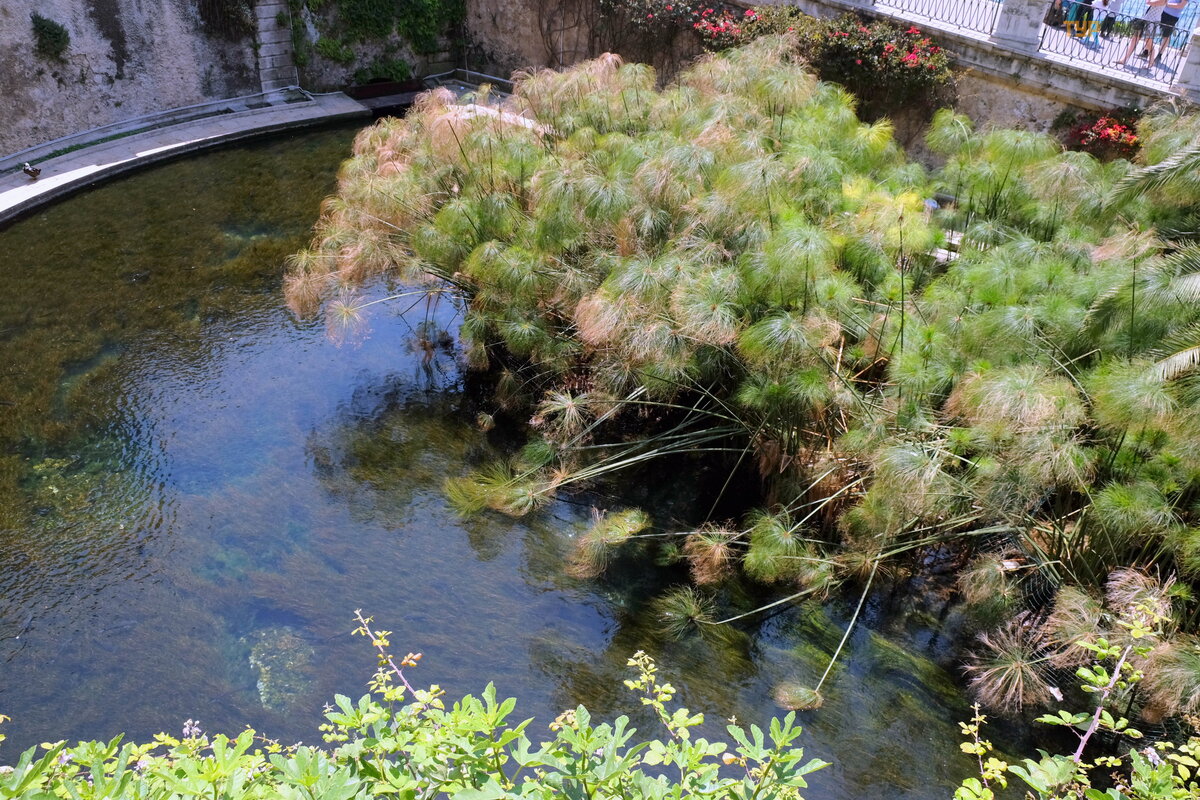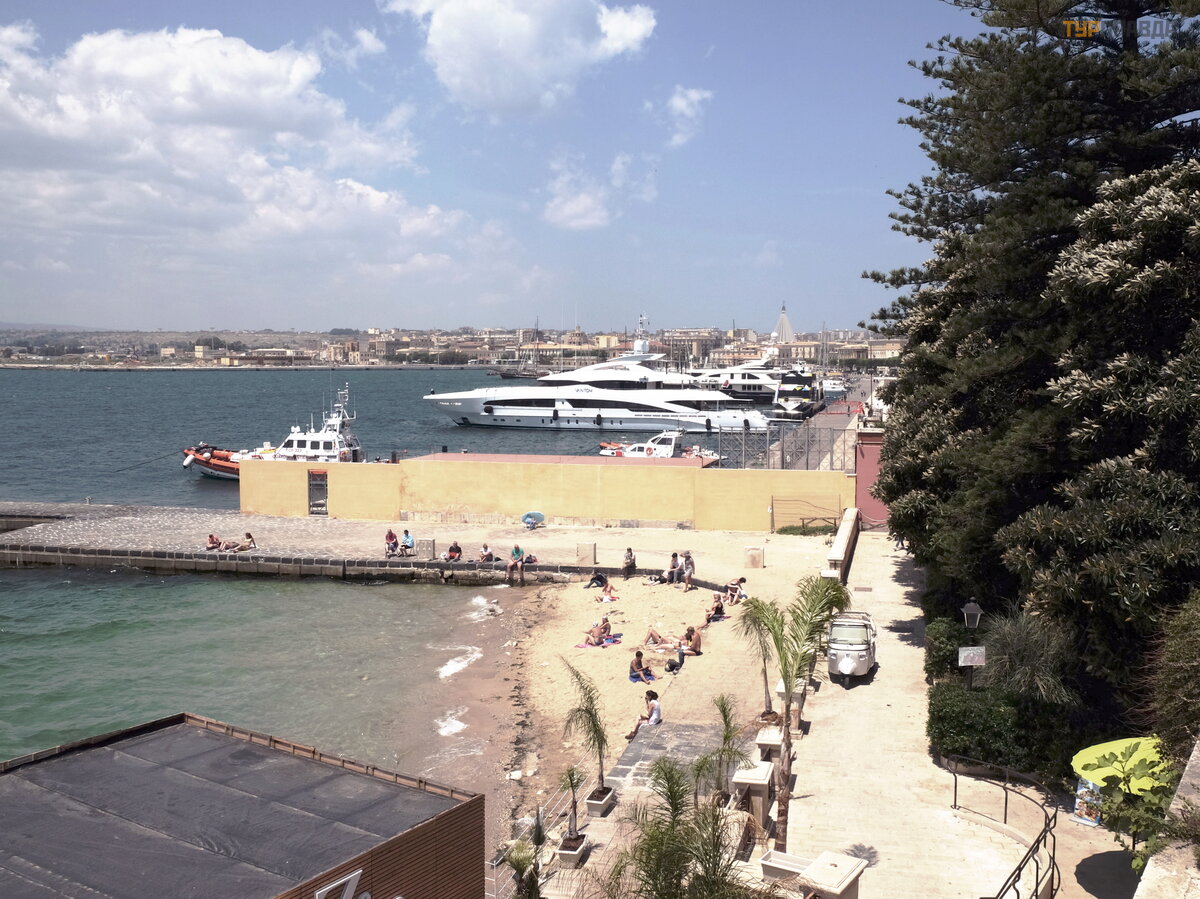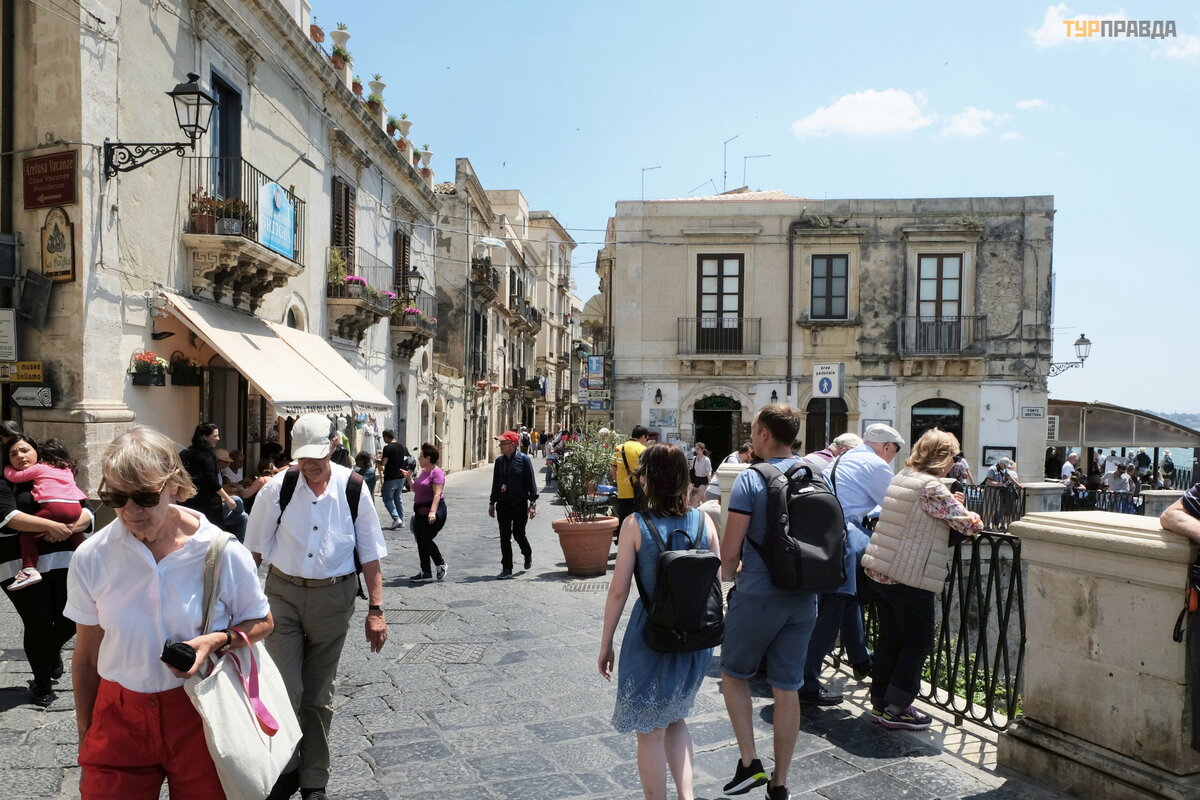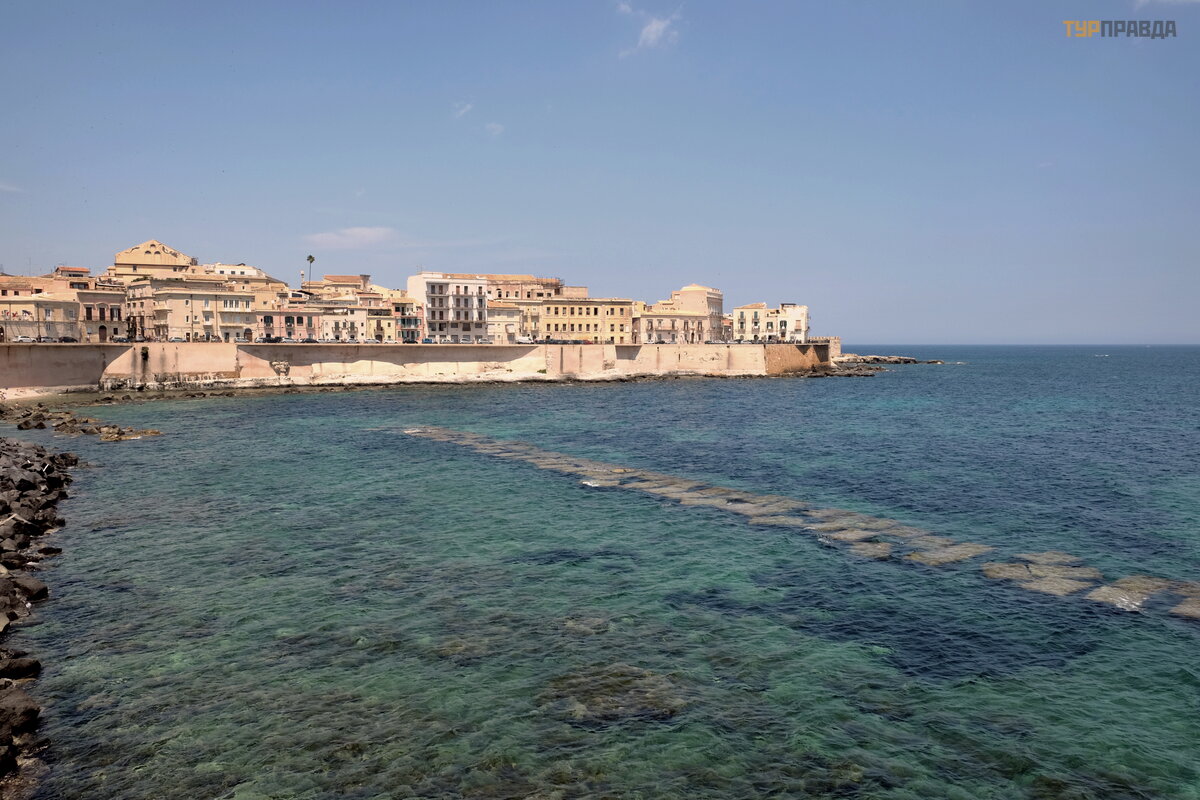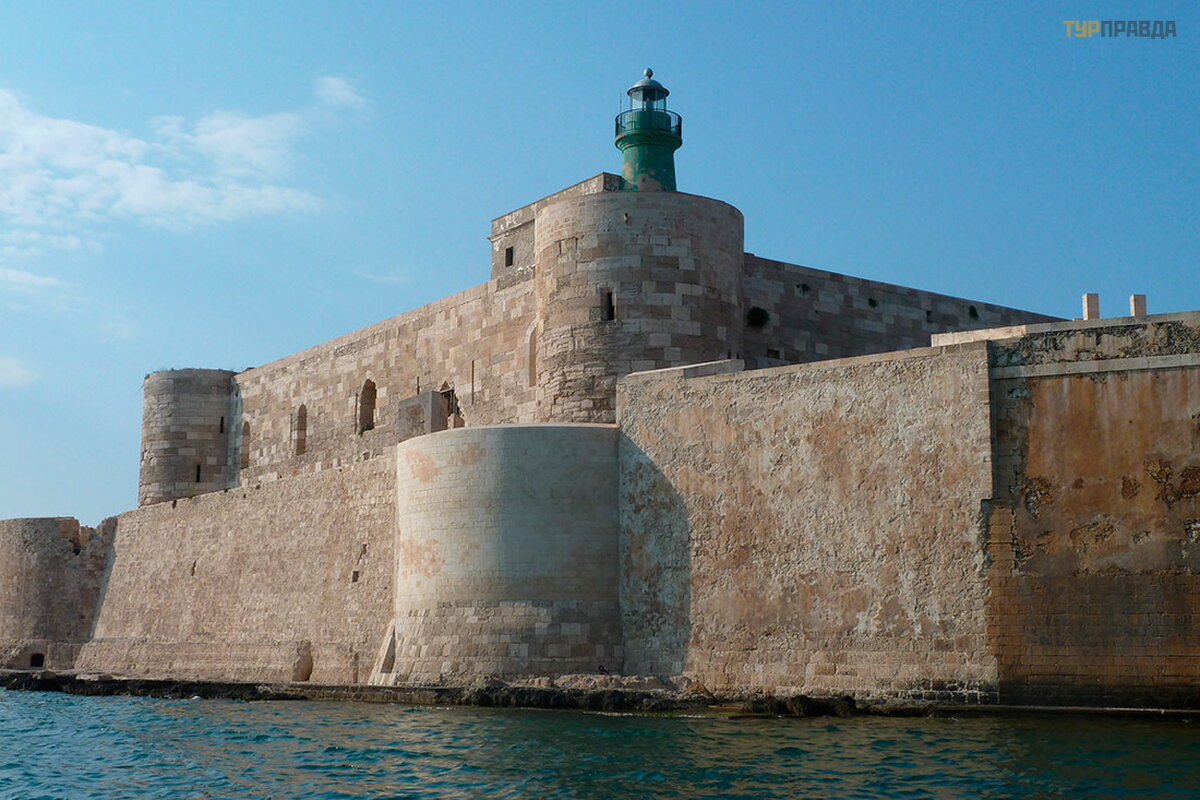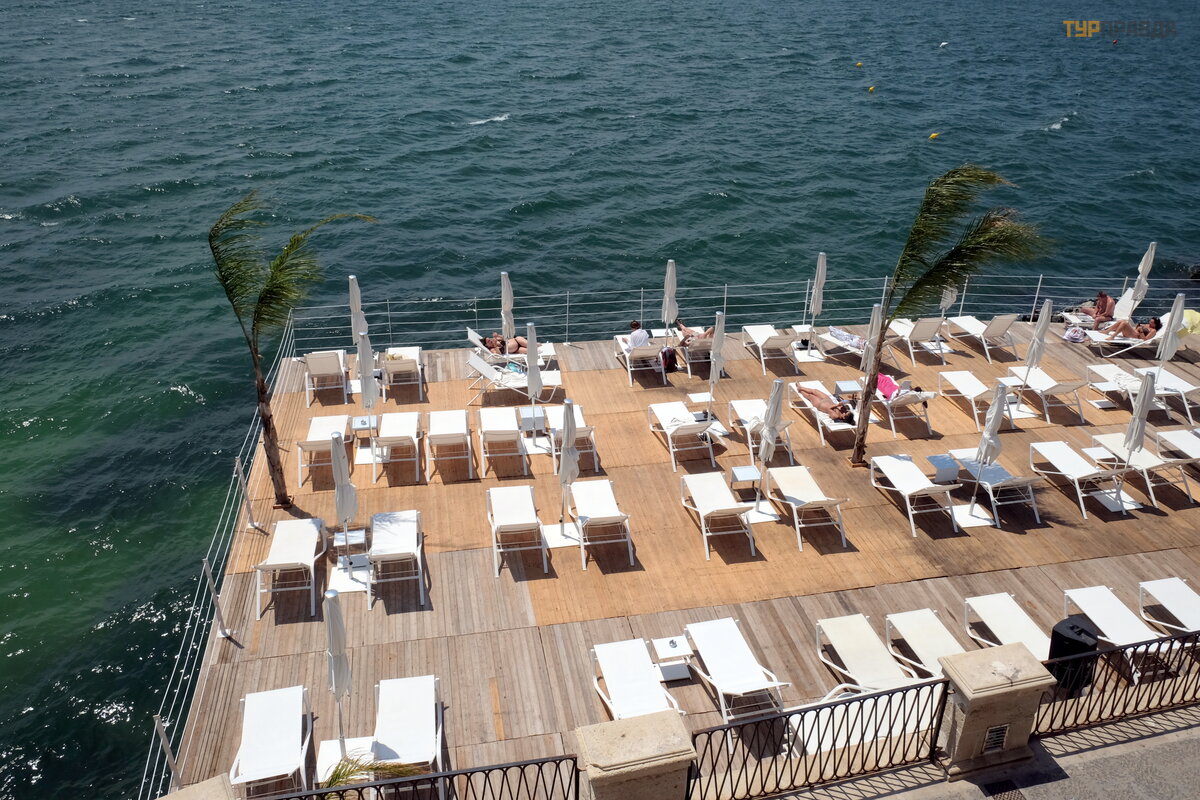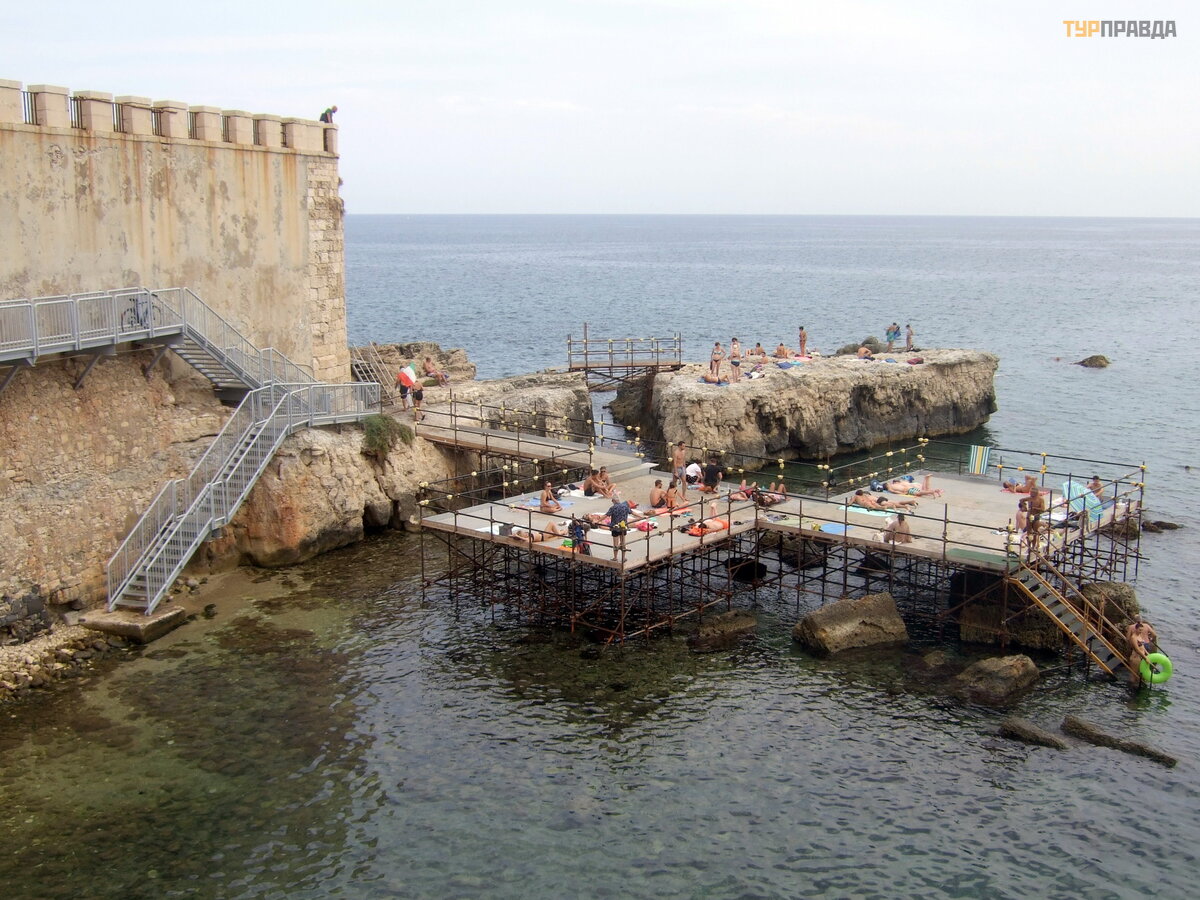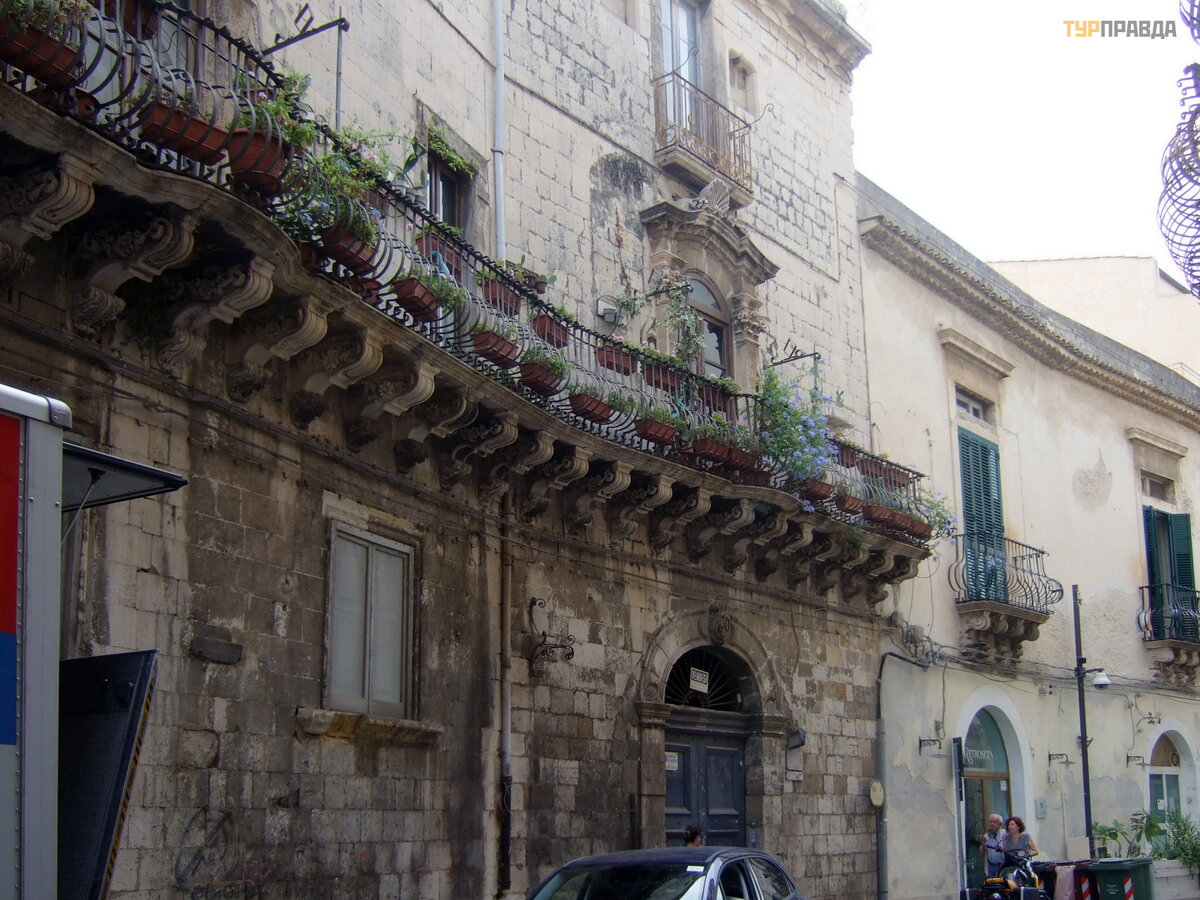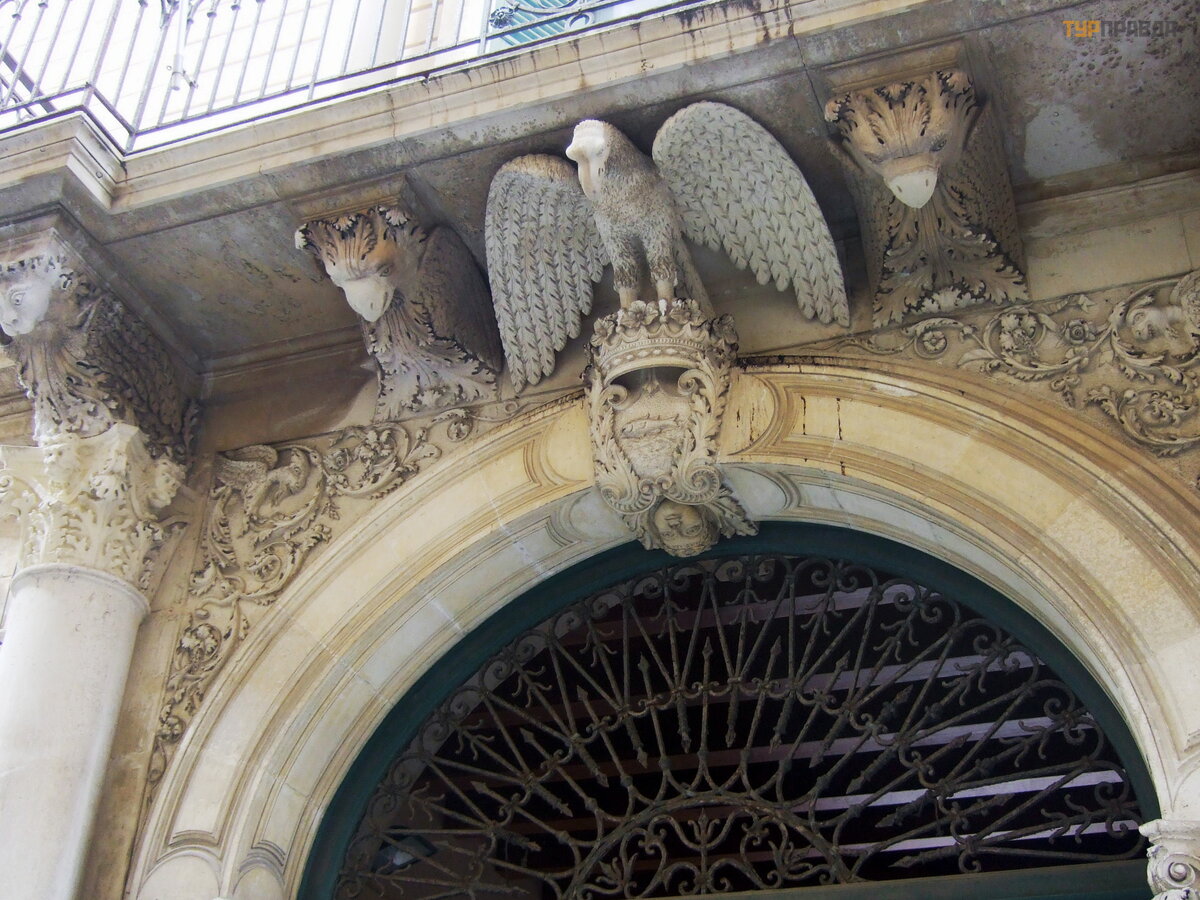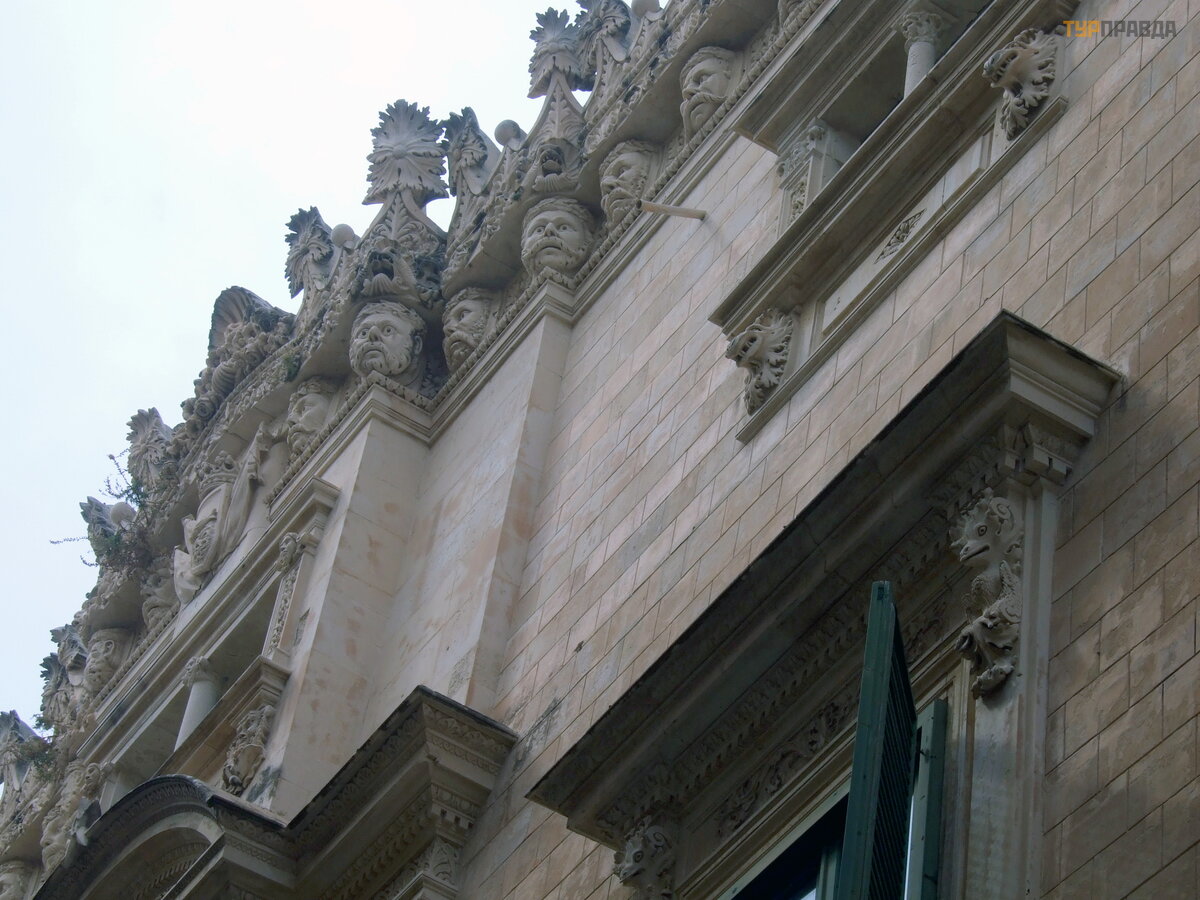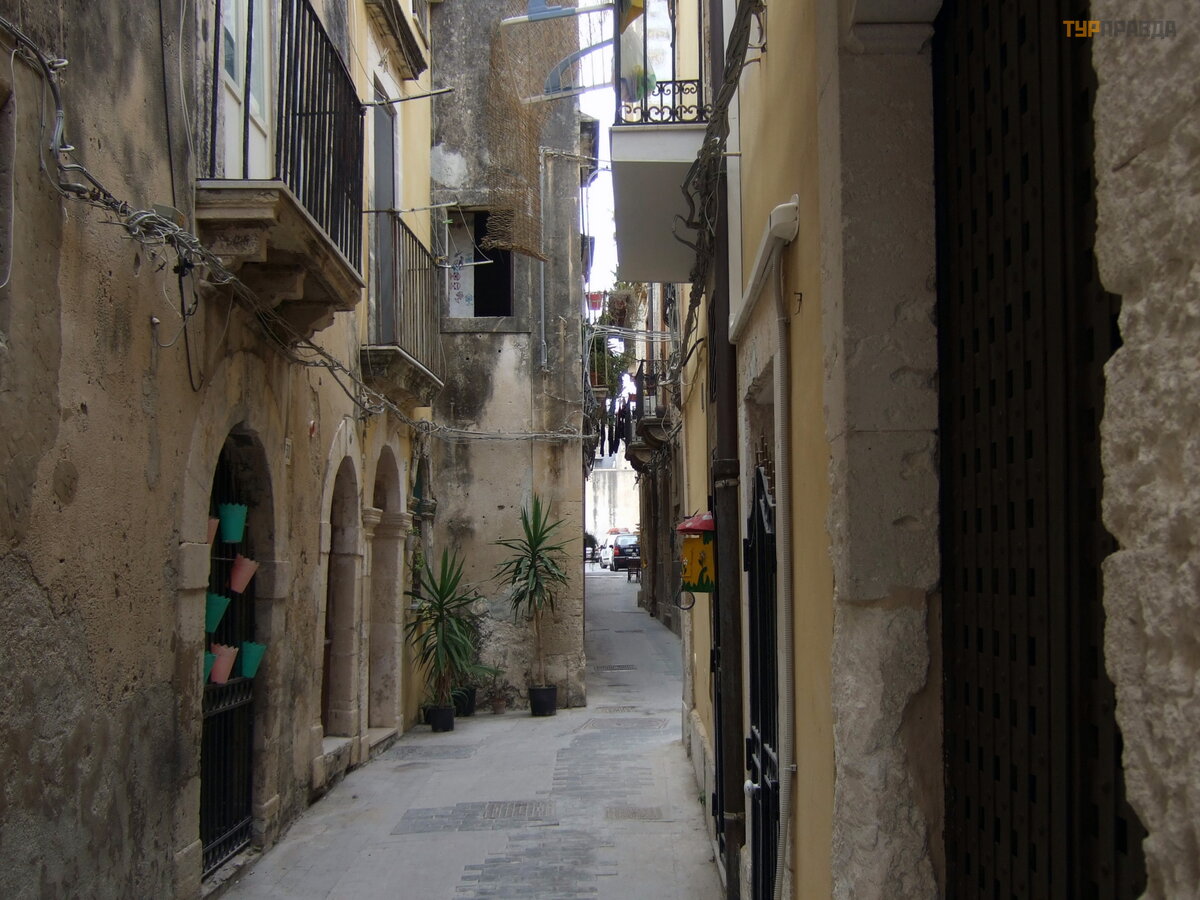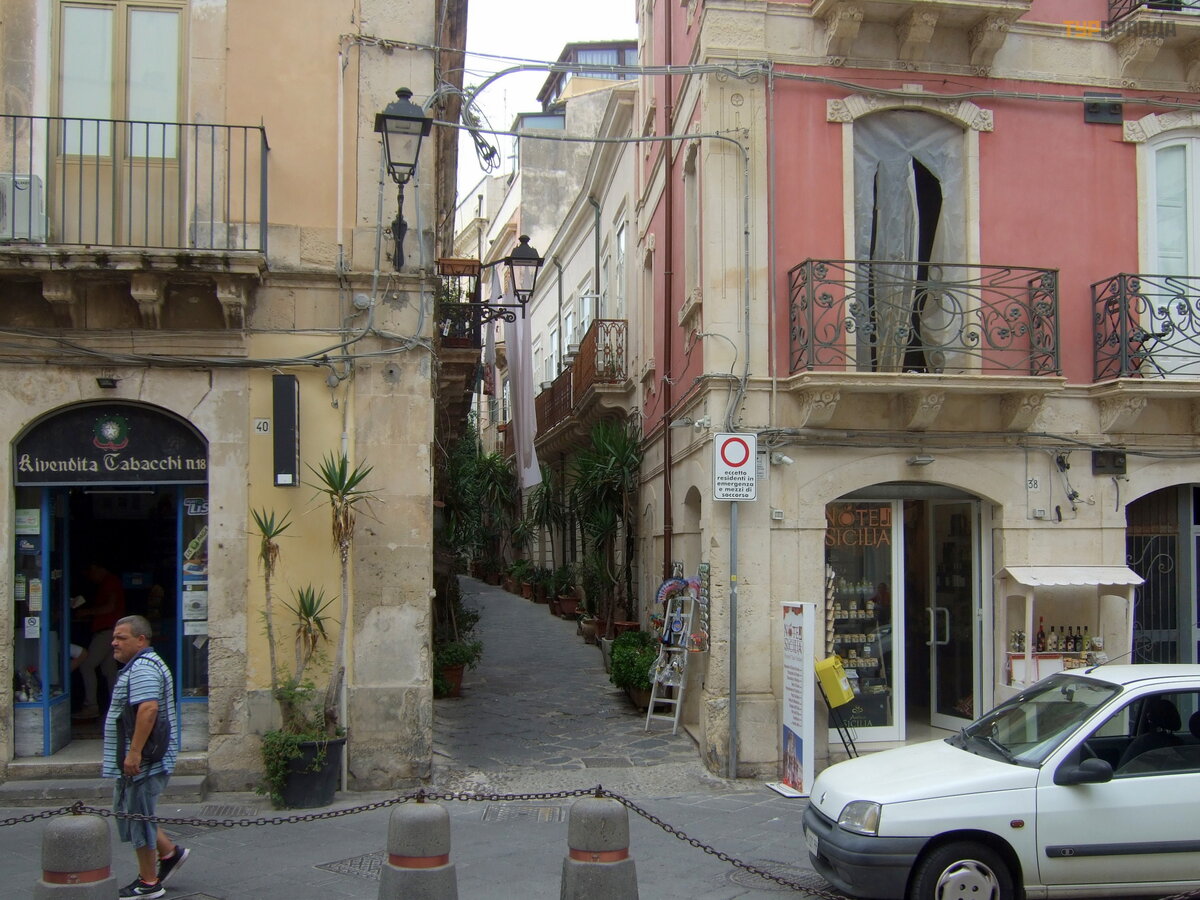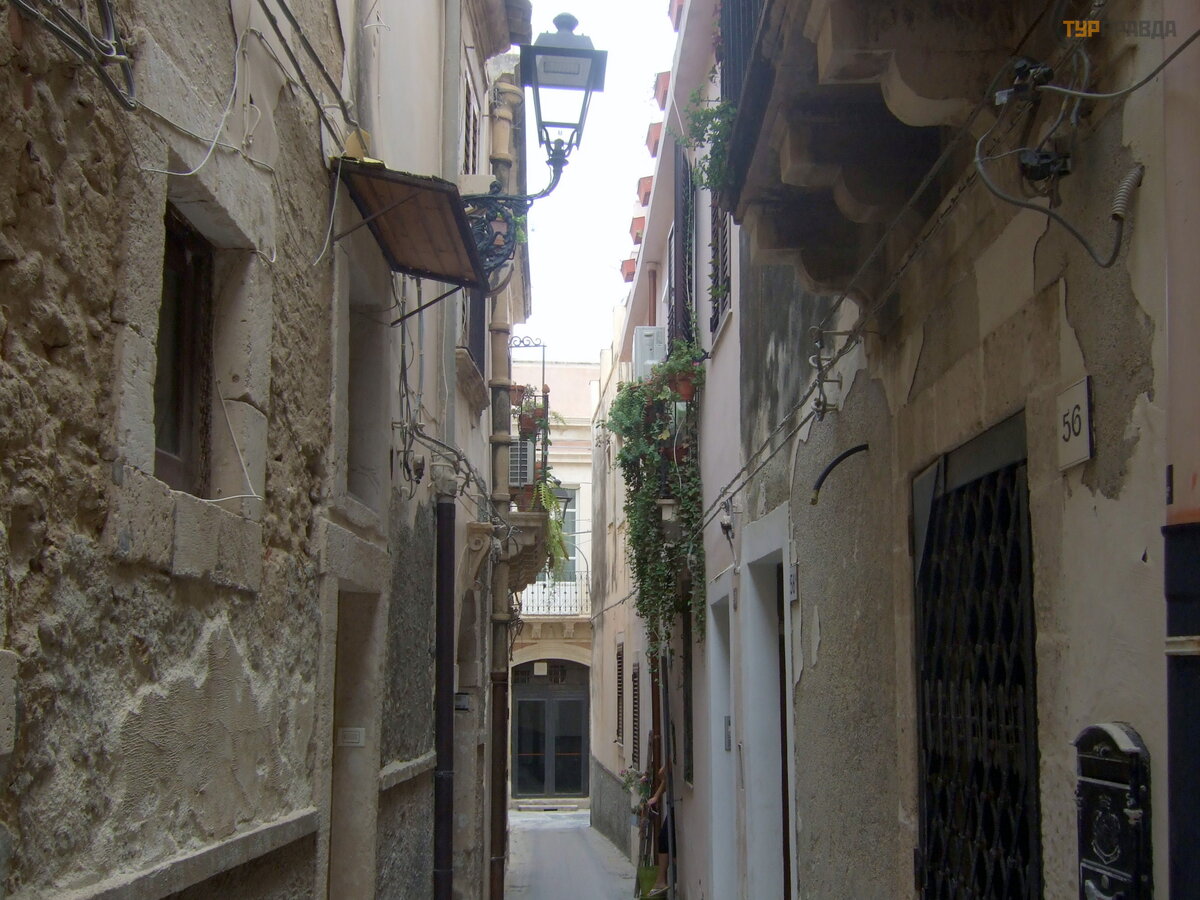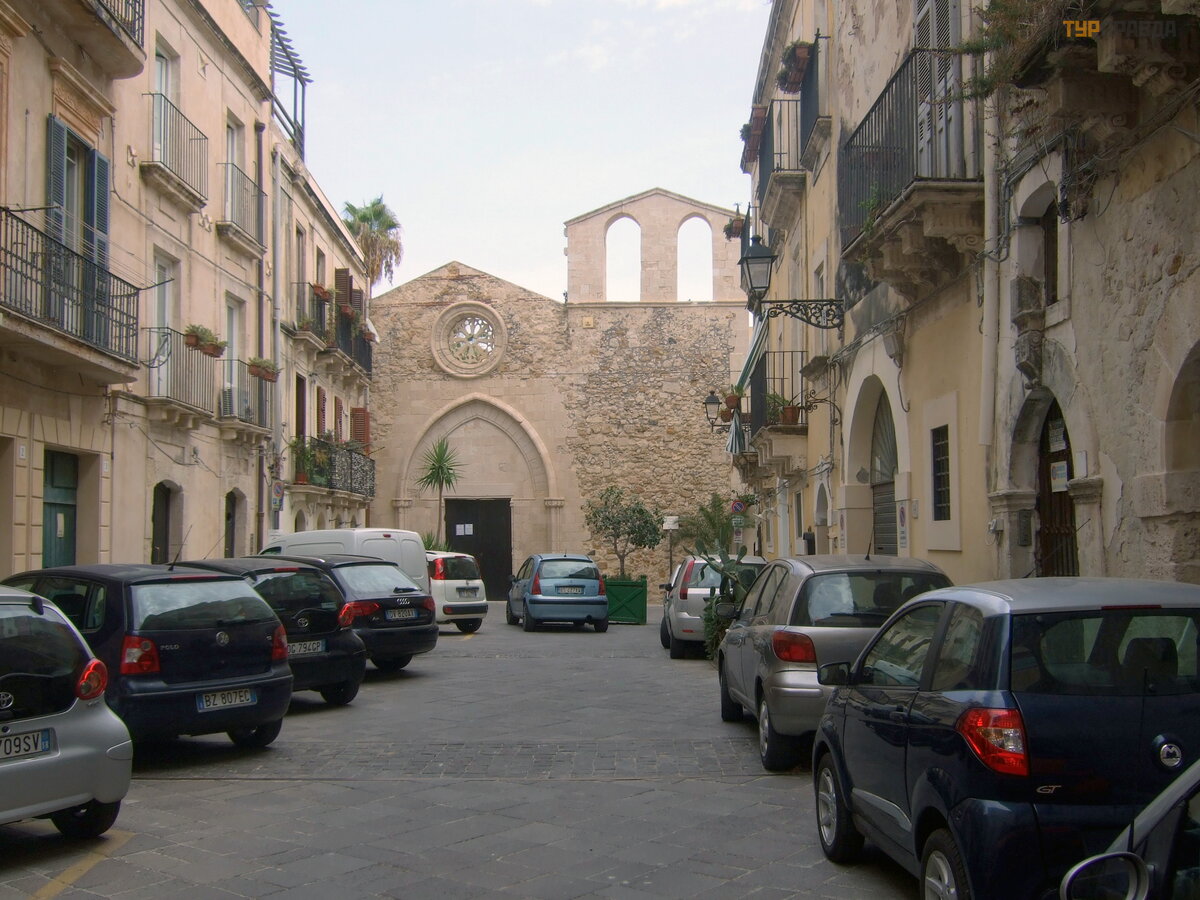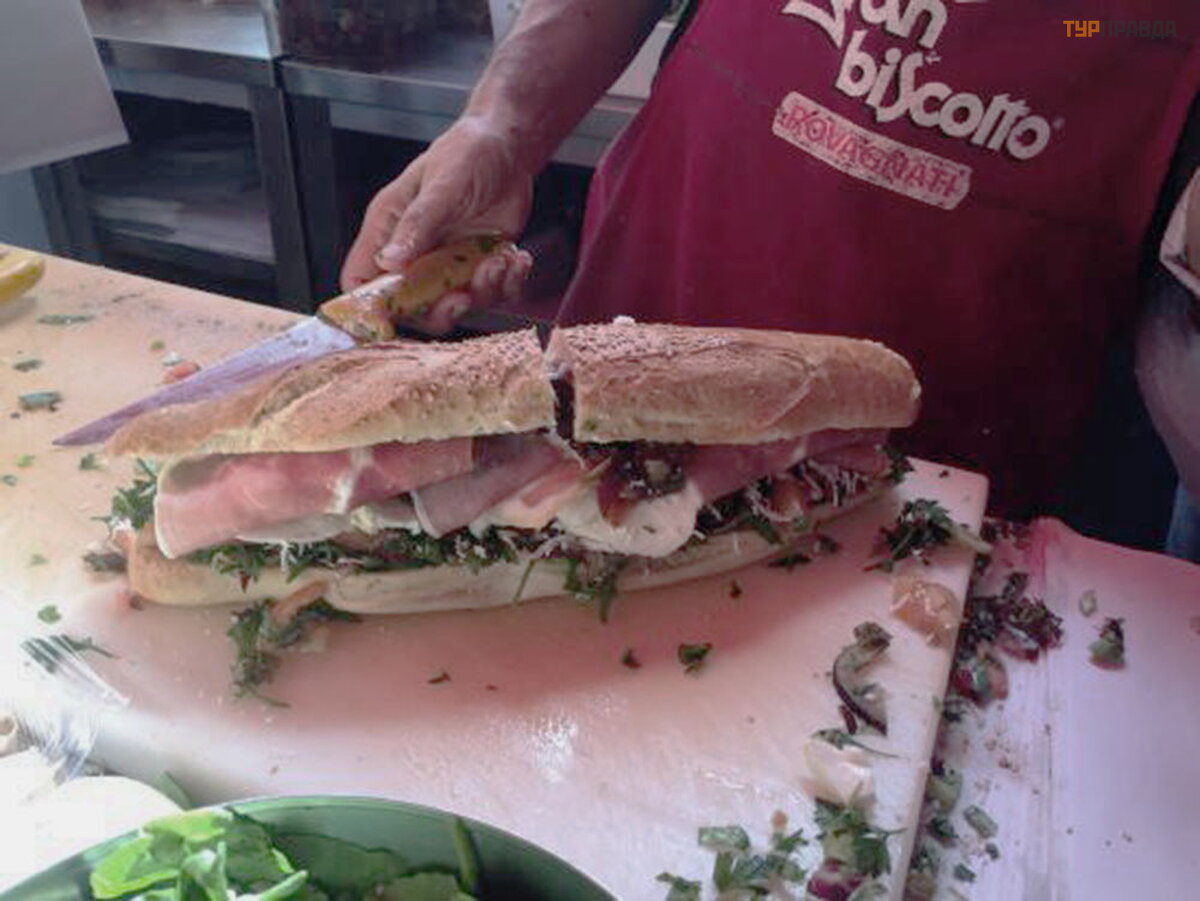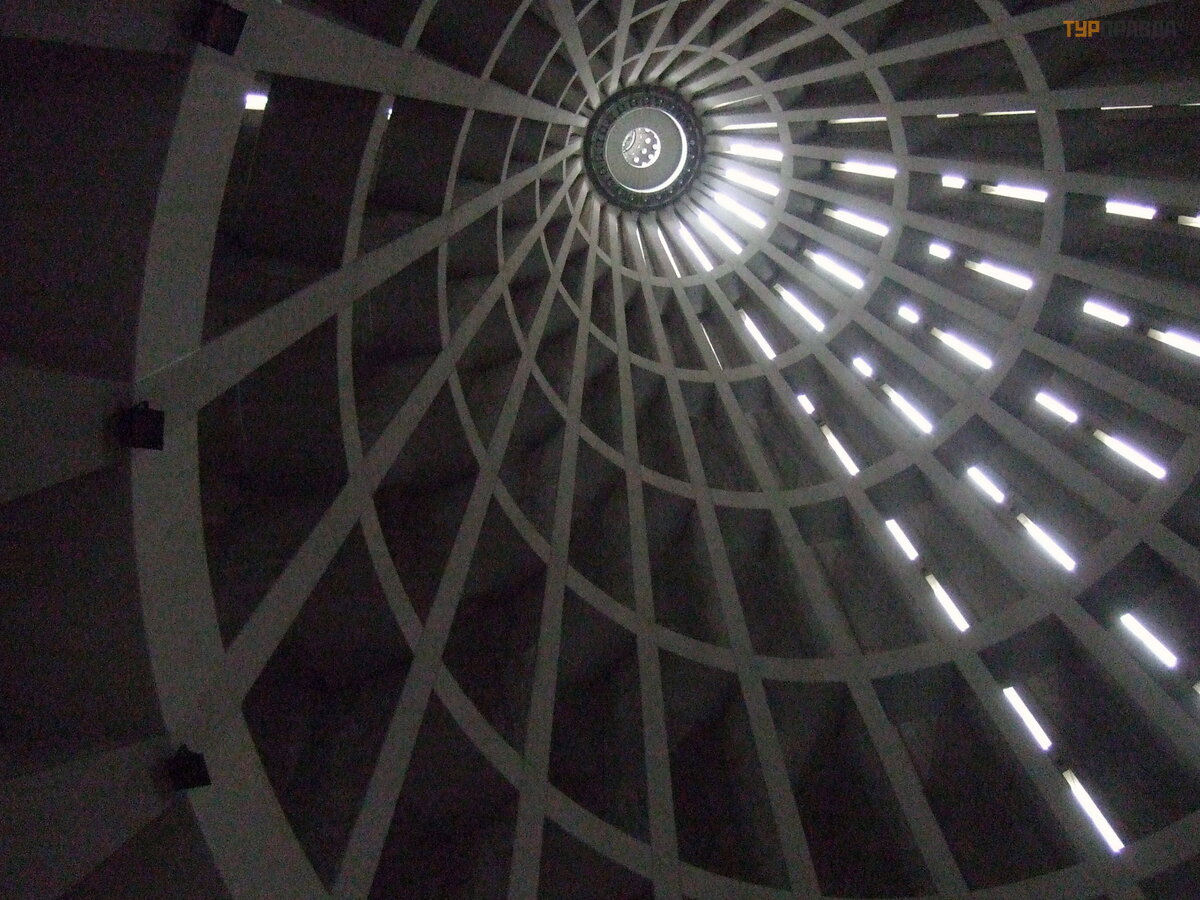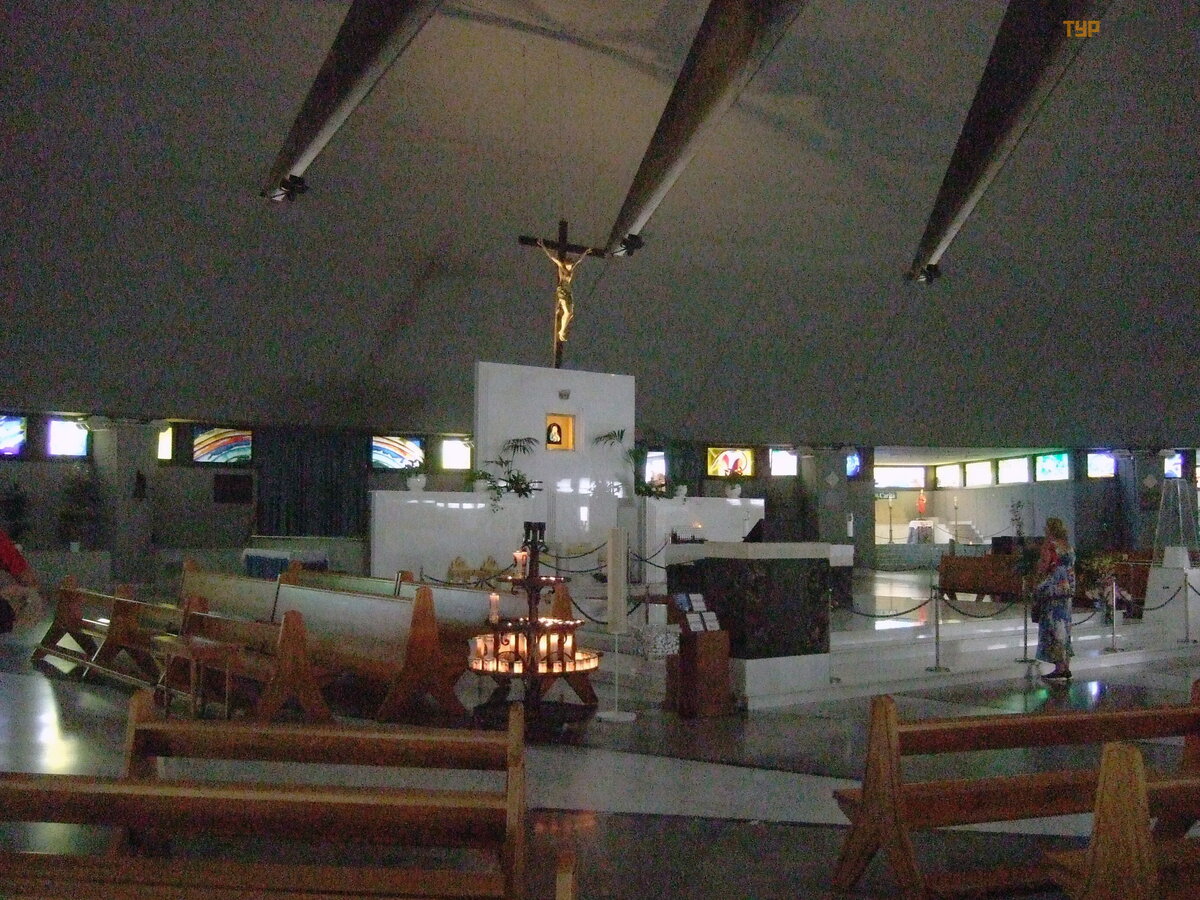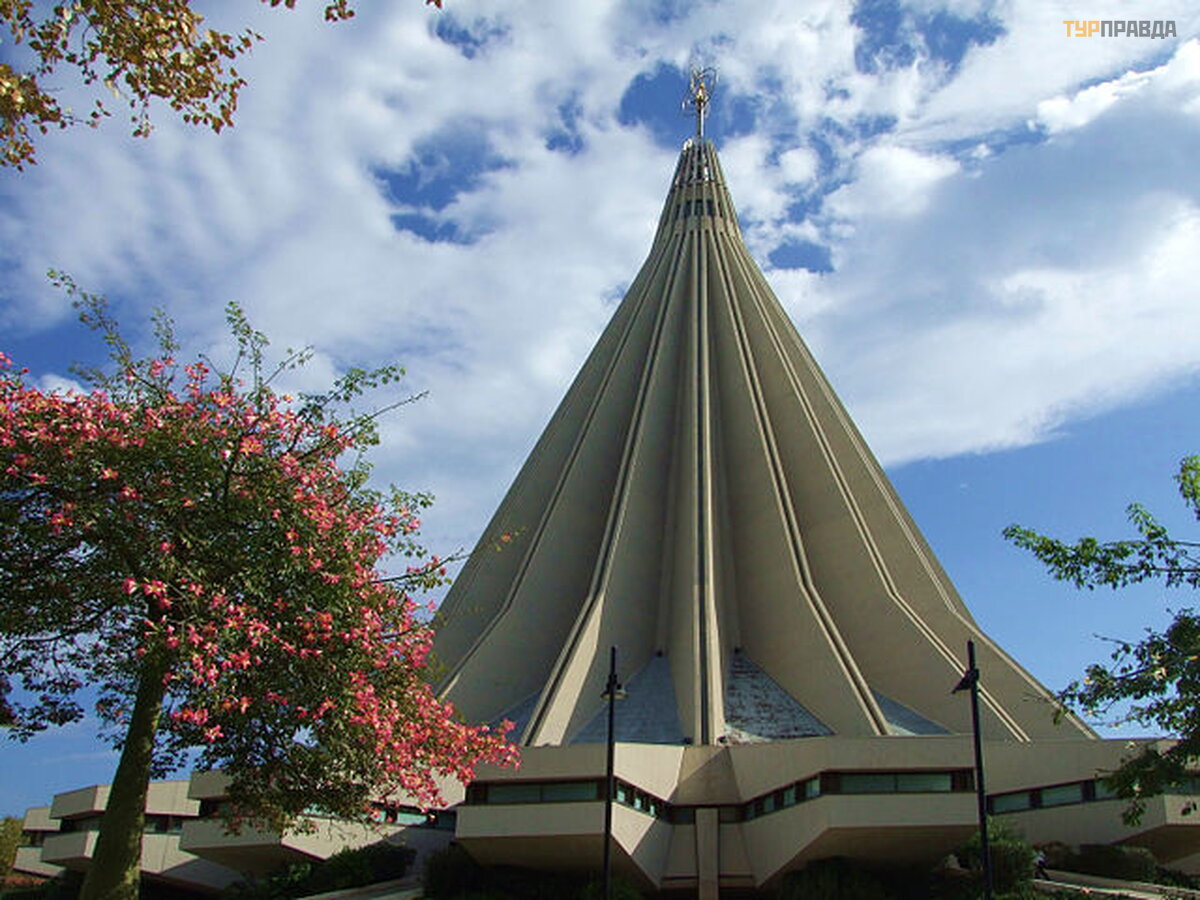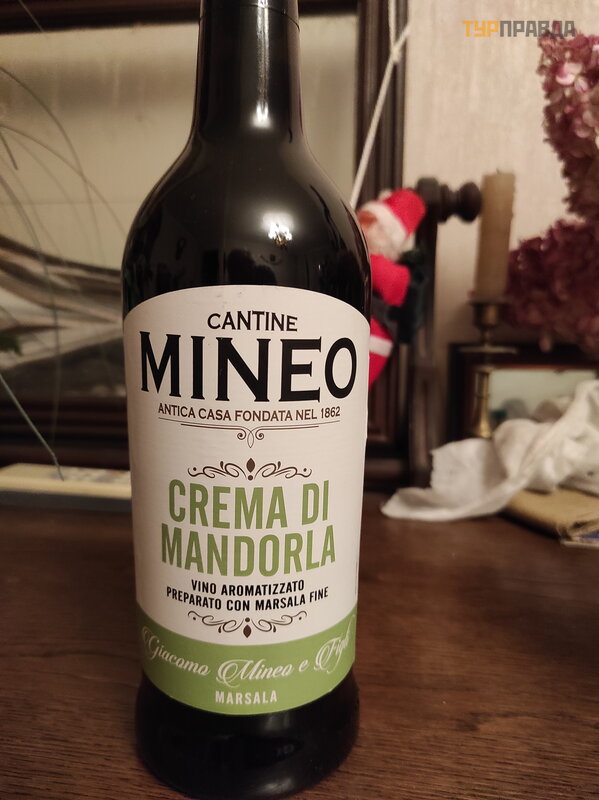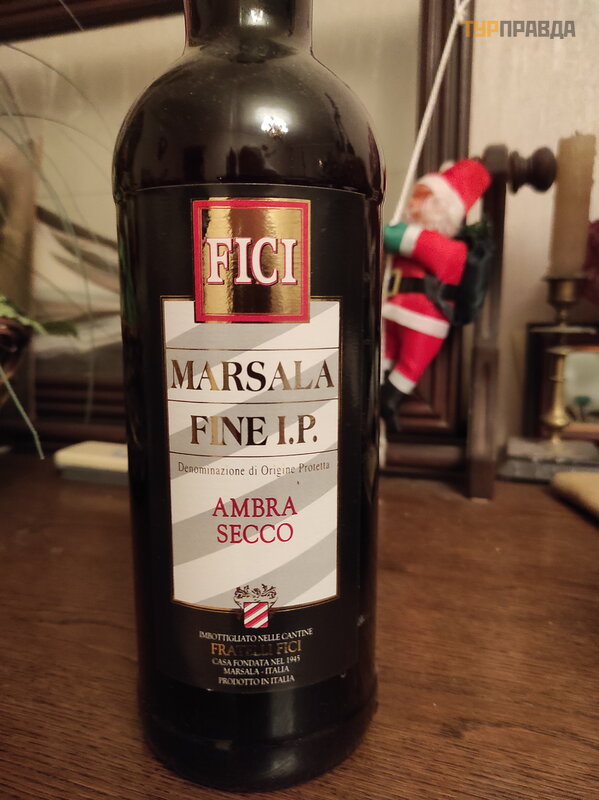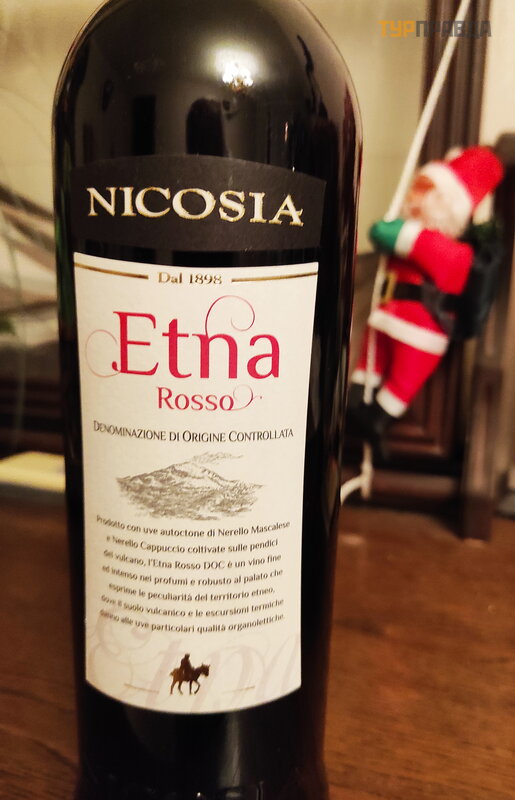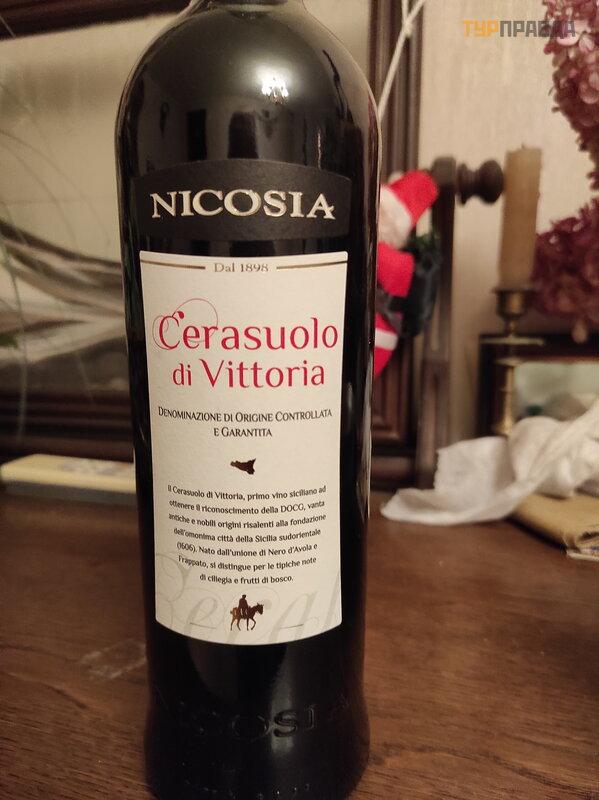Sicily. Part 4. Syracuse

Sicily. Part 1. Giardini Naxos >>>
We went to Syracuse (Italian name Syracuse) for the first time in May from Giardini Naxos, on Sunday by bus. The journey takes two hours, and the bus first calls in Catania, then to the airport, and only then to Syracuse. Back in the same manner, and the way back took much longer, two and a half hours, because there are big traffic jams at the entrance and exit from Catania, we were even afraid that we would be late for dinner, ran to the restaurant at 20:45, okay, that did not close while people were having dinner there.
In September of the same year, we already rested at the VOI Arenella Resort 4 hotel, a year later we again arrived in September at the same hotel. From the hotel to Syracuse and back could be reached for 3 euros by shuttle bus,
so we were in the city several times.
There is no bus station as such, there are stops with the bus number. It's quite difficult to navigate. The railway station is nearby in a rather unpresentable quarter.
In Antiquity, Syracuse is a city founded by the Greeks in 734 BC. e. - was the largest and most powerful on the island, the population was approximately 500 thousand people.
Initially, the territory of Syracuse was located on the island of Ortigia (Ortigia), now the main sights of the city are concentrated here.
Here is a good photo of the island from the Internet:
From the bus station we go to the Old Town:
You can cross one of the bridges (Ponte Umbertino or Ponte Santa Lusia) to the island of Ortijna:
Scenic harbor:
A few steps from the bridge are the remains of a bridge built around 570 BC. e. temple of Apollo. It is the oldest Doric temple in Sicily.
After walking along Corso Matteotti, we come to Archimedes Square - the junction of the main streets, surrounded by the palazzo of the XIV-XV centuries. . .
. . . with the Artemis Fountain in the center by Giulio Moschetti. The main detail of the sculptural creation - the figure of the goddess of hunting Artemis - was erected in the period 1906-1907.
In the years 287-212 BC. e. The great mathematician, physicist and mechanic Archimedes lived and worked in Syracuse. In 212, during the war with the Romans and the months-long siege of Syracuse, the 75-year-old scientist was responsible for the technical side of the defense and, as they say, put into practice some of the machines he invented. Remember, the cartoon "Kolya,
Olya and Archimedes? It just describes the story of the siege of Syracuse and the death of Archimedes.
After passing along via Roma we come to the central square of the city Piazza Duomo (piazza del Duomo). All the inhabitants of Syracuse built their altars and temples on this site, even before the advent of the Greek colonists.
In the VI century BC. e. a Greek Ionic temple appeared on Piazza del Duomo (one of the oldest structures of this order), already in the next century it was replaced by an even more magnificent sanctuary dedicated to Athena. 38 Doric columns 9 m high and 2 m in circumference each surrounded the temple, the gates were made of gold and ivory, and on the pediment of the building there was the golden shield of Athena, which served as a guide for sailors.
In the 7th century A. D. e. the spaces between the columns of the peripter were laid, and the temple itself was transformed into a Christian basilica. A little later, the basilica became the Cathedral (Duomo).
The building was badly damaged during the earthquake (1693), but already in the next century it was restored, adding several new chapels and decorating it with a beautiful baroque facade designed by the architect Andrea Palma in the period 1728-1753. Cathedral in the 7th century was built into the building of the famous temple of Athena. Since the columns of the temple are still visible, the cathedral is called Santa Maria delle Colonne.
Entrance to the cathedral is paid - 2 euros, but on Sunday there is mass in the cathedral and visitors were allowed in for free.
The cathedral houses relics associated with St. Lucia: a huge statue depicting the Syracuse martyr (height 4 m, weight almost 1 ton), and several bones of her foot.
The rest of the relics of the saint are kept in Venice. On Sundays, the statue is transferred to mass in the nearby church of Santa Lucia alla Badia.
The Norman font, which is a large ancient Greek krater (a vessel with a wide mouth), decorated with seven bronze lions of the 13th century:
The frescoes of the 17th century by Agostino Scilla are of particular interest:
And a ciborium decorated by Luigi Vanvitelli:
A painting by Antonello da Messina depicting St. Zosimo:
Sculpture "Madonna of the Snows" by masters from the Gagini family:
Not far from the Cathedral is the temple of the patroness of the city - St. Lucia. The Church of Santa Lucia alla Badia was founded in the 15th century by order of Queen Isabella,
wife of Ferdinand of Castile, on the spot where Saint Lucia was tortured in the 4th century. During the earthquake in 1693, the church was completely destroyed, but after 2 years it was restored. The temple was built in different styles: the lower part of the church is baroque, the upper one is built in the rococo style.
Now the church houses one of the masterpieces of Caravaggio - "The Burial of St. Lucia" (Seppellimento di Santa Lucia). The artist painted the painting in 1609 in Syracuse after escaping from captivity in Malta. On the canvas, he depicts himself (the man on the right, turning his face away with longing). It is curious that earlier the picture was kept in another church - Santa Lucia Fuori La Mura. Five years ago, a major overhaul was carried out there and the painting was temporarily moved. Now the repair is over, the church demands its Caravaggio back, but the ministers of Santa Lucia alla Badia do not want to give it back at all.
The painting is located behind the altar, so it is very difficult to see it in detail. The first time we were in the church on Sunday, the people at Mass were crowded. It was there that the statue of Saint Lucia from the Cathedral was moved for the time of Mass.
Reviewed in detail already in the fall, on the next visit. It was forbidden to take pictures, I took a photo already at the exit.
To the north of the Duomo, behind Via Minerva, is the Senate Palace (or Palazzo Vermexio), now home to the City Hall of Syracuse. The building was built in 1629 by the Spaniard Juan Vermexio.
Opposite the Duomo Cathedral, you can see the Archbishop's Palace of the 17th century, next to the Palazzo Beneventano del Bosco, built in 1788.
We go down Via Picherali to the embankment. . .
. . . where is the source of Aretuza. . .
. . . for some reason called a "fountain" - a reservoir overgrown with papyrus, fed by a source of fresh water. It is said to be the only place in Europe where papyrus grows. The best local souvenirs are papyrus products.
Boats and liners depart from the embankment:
You can. . .
. . . reach the top of the island - built around 1239, the Staufen Maniache fortress.
Today, a military unit is located here and access to the castle was closed. I give a photo from the Internet:
There are practically no beaches in the city itself,
or such paid platforms with sun loungers:
Or spontaneous on small land edges:
In September, we swam from such a wild beach, near the castle, except for a shower with fresh water, there are no more amenities:
Travelers usually go for a swim in the Arinella area or in the town of Fontane Bianco, where there are beautiful sandy beaches.
We wandered around the picturesque streets of the Old Town:
We tried the famous local sandwiches, popular with residents and tourists, which are sold at the food market. This place is called Caseificio Border, prepared by local legend Andrea Broderi. A huge sandwich costs 5 euros, you yourself choose the toppings to your taste: bacon, mortadella, salami, olives, tomatoes, caponata, mozzarella, pecorino and baked ricotta. There is always a long line at the counter, we stood for about twenty minutes.
Most of the inhabitants live in the so-called. New city. A very notable building in modern style is the Sanctuary of the Madonna of Tears (Santuario Madonna delle Lacrime), built in 1990 specifically for the icon of the "Weeping Madonna".
According to legend, once a liquid appeared on the face of the Mother of God, kept in the house of an ordinary resident of Syracuse,
the chemical composition of which coincided with ordinary human tears. The icon was recognized as miraculous.
The hipped silhouette of a modern church is wittily called by the locals a “juicer”, there is a large green space around the church, and, which is very important for travelers, public toilets.
When we first came to Syracuse during the siesta, when all the shops were closed, we asked the locals for a long time where the supermarket was. There are many cafes and shops in Ortigia, but there are practically no supermarkets in our understanding. It’s good that one of them showed the way behind the station, it’s true that the road there is unpresentable through some buildings, but after ten minutes we found a large Famila department store, next to DECO, and another five minutes later a huge LIDL discounter. Where we later each time bought food and wine home.
I highly recommend almond wine, which I have not seen in other regions of Italy.
Dessert wine Marsala:
Very good wines grown in the Etna wine region:
The only DOCG wine in Sicily is Cerasuolo di Vittoria:
On the territory of the New City there is an archaeological park with an ancient Greek theater, but we did not visit it, because we saw many similar structures in Greece itself.
That's the whole story about Syracuse.
Continued here >>>

